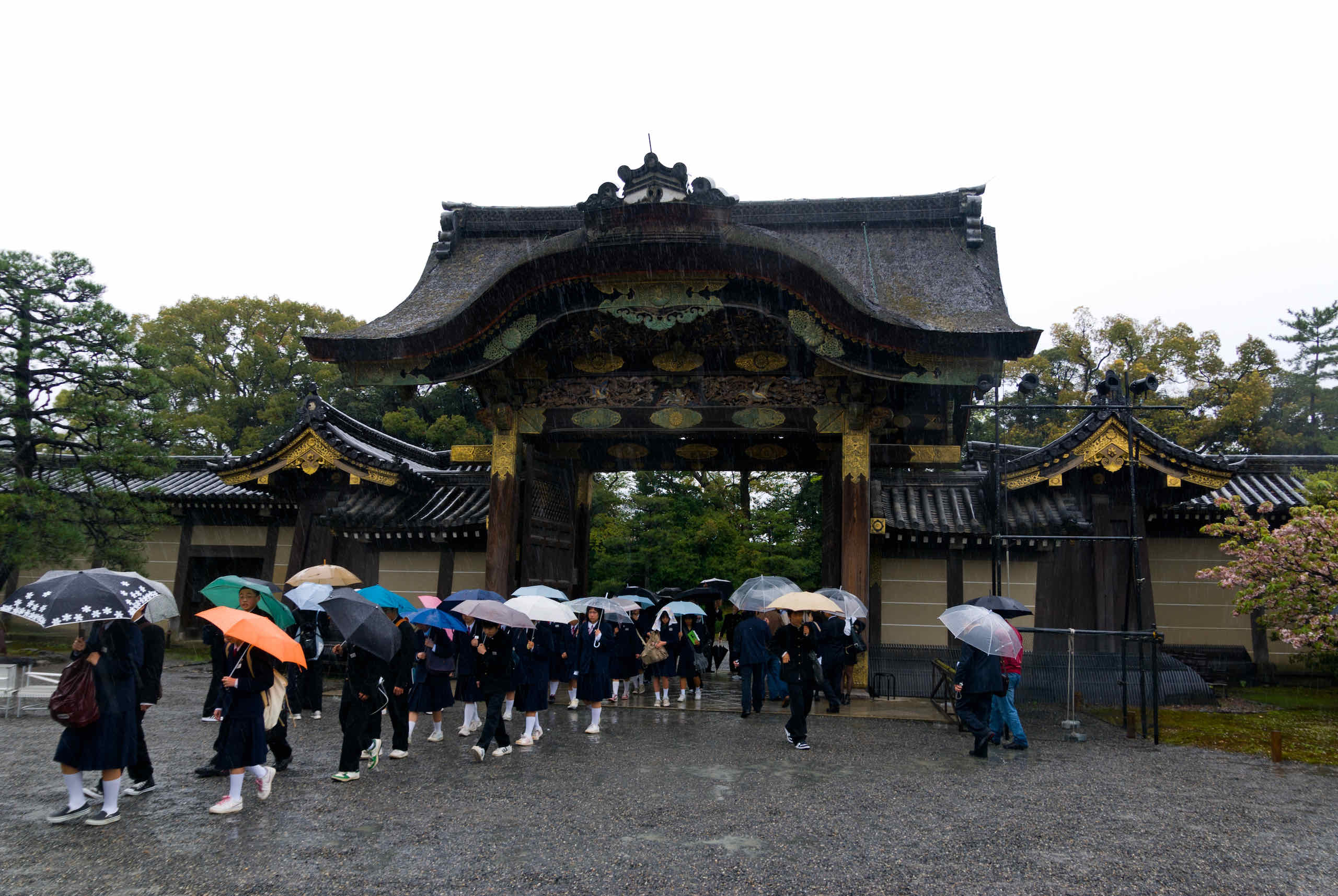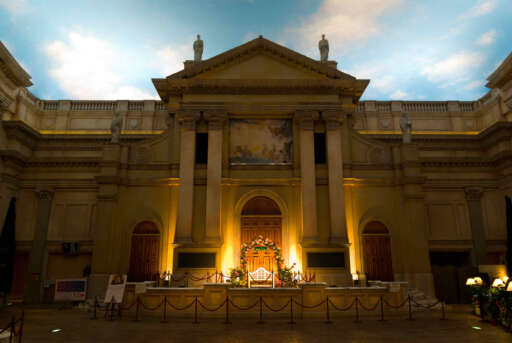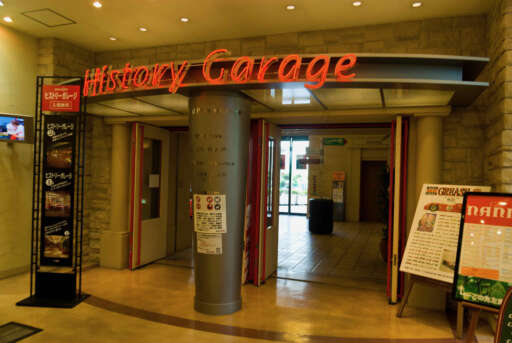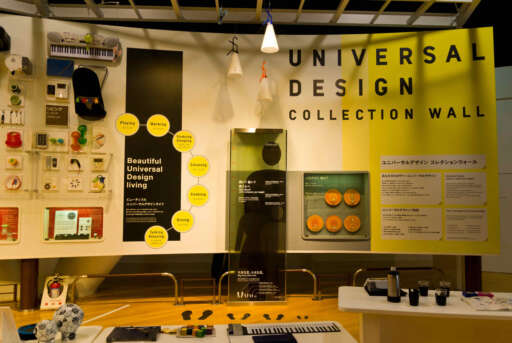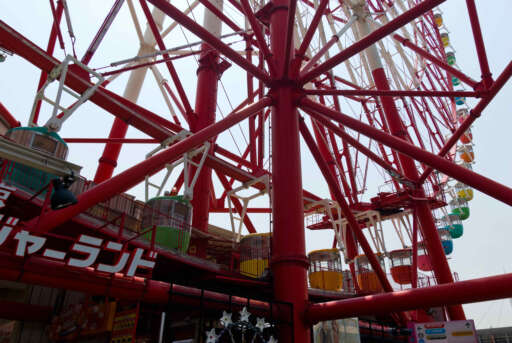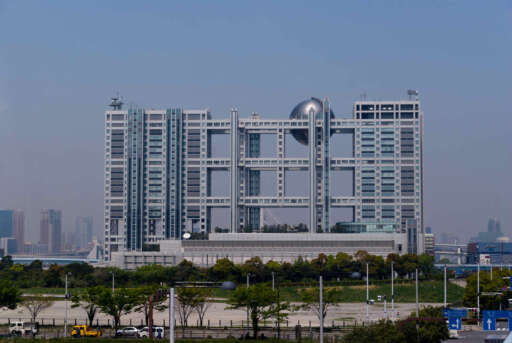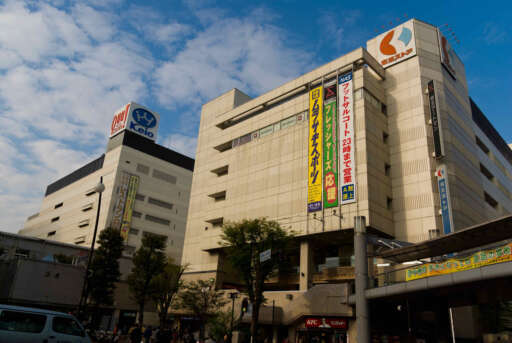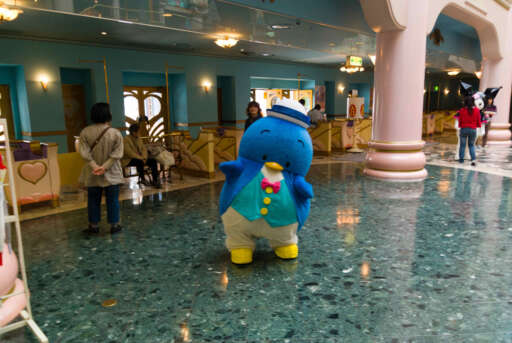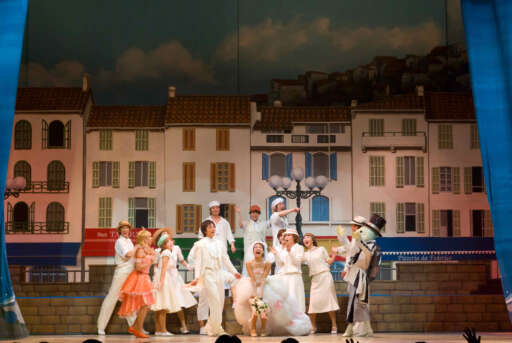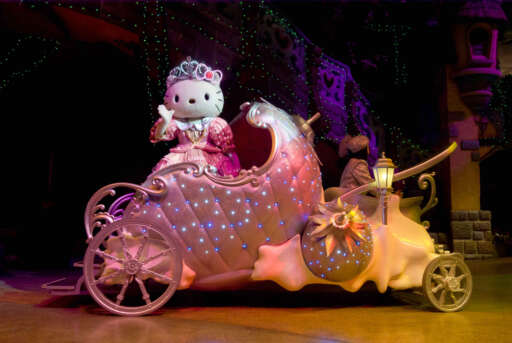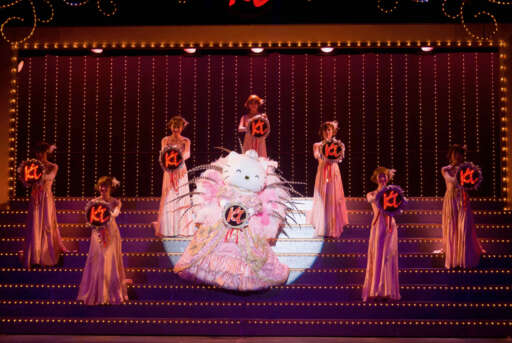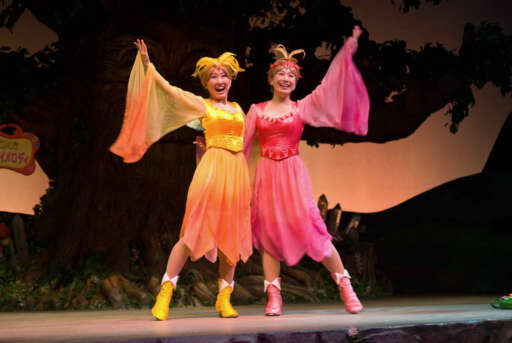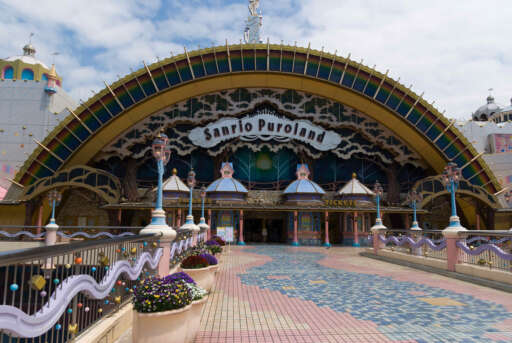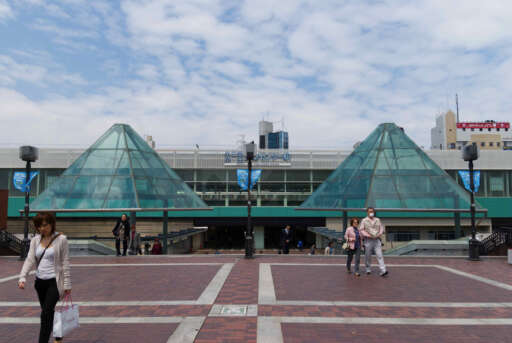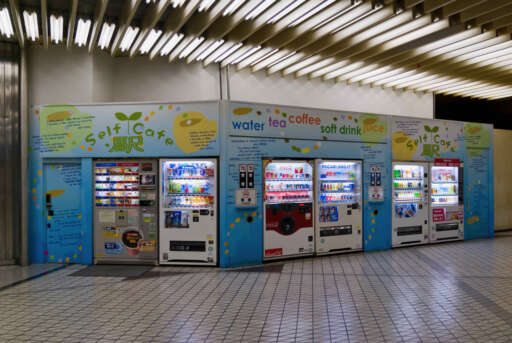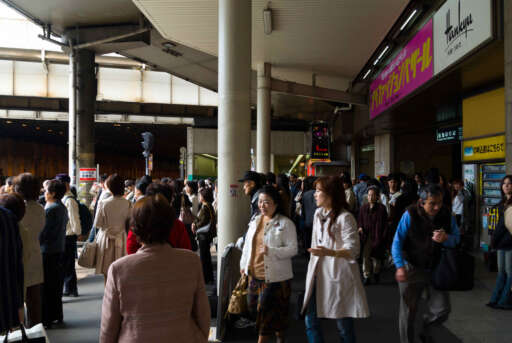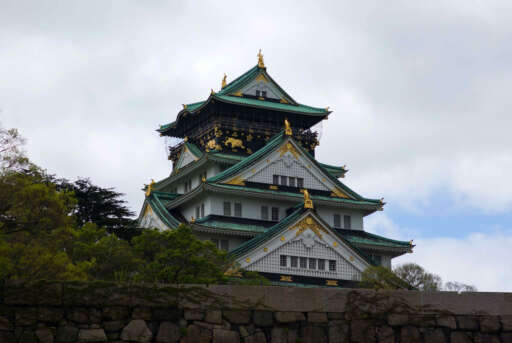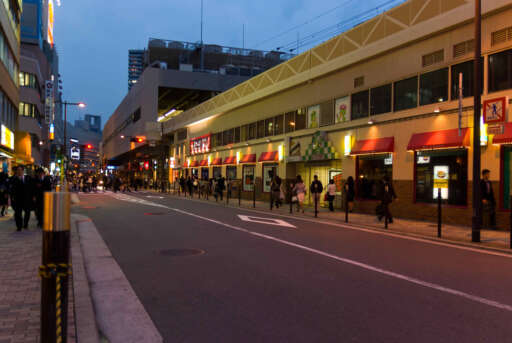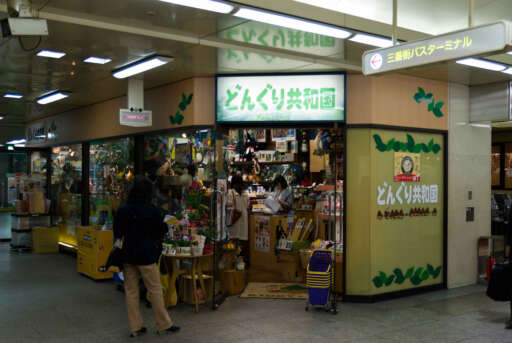Nijou Castle (二条城), literally “Two Sectioned Castle” was commissioned by Shogun Tokugawa Ieyasu as the residence for the Tokugawa clan when they are in Kyoto, which is where the Imperial court is (even though the political capital was moved to Edo – present day Tokyo).
There are two surrounding moats (inner and outer) and two sets of palaces – inner and outer. The inner palace is called Honmaru (literally the “main” palace) (本丸御殿) and the outer one is caled Ninomaru (literally – the “second” palace) (二の丸御殿) and used to receive visitors. It would be tempting to believe the Honmaru was constructed first, and the Ninomaru added as an afterthought, but in fact it was the other way around – the Honmaru was added by the Ieyasu’s grandson Iemitsu.
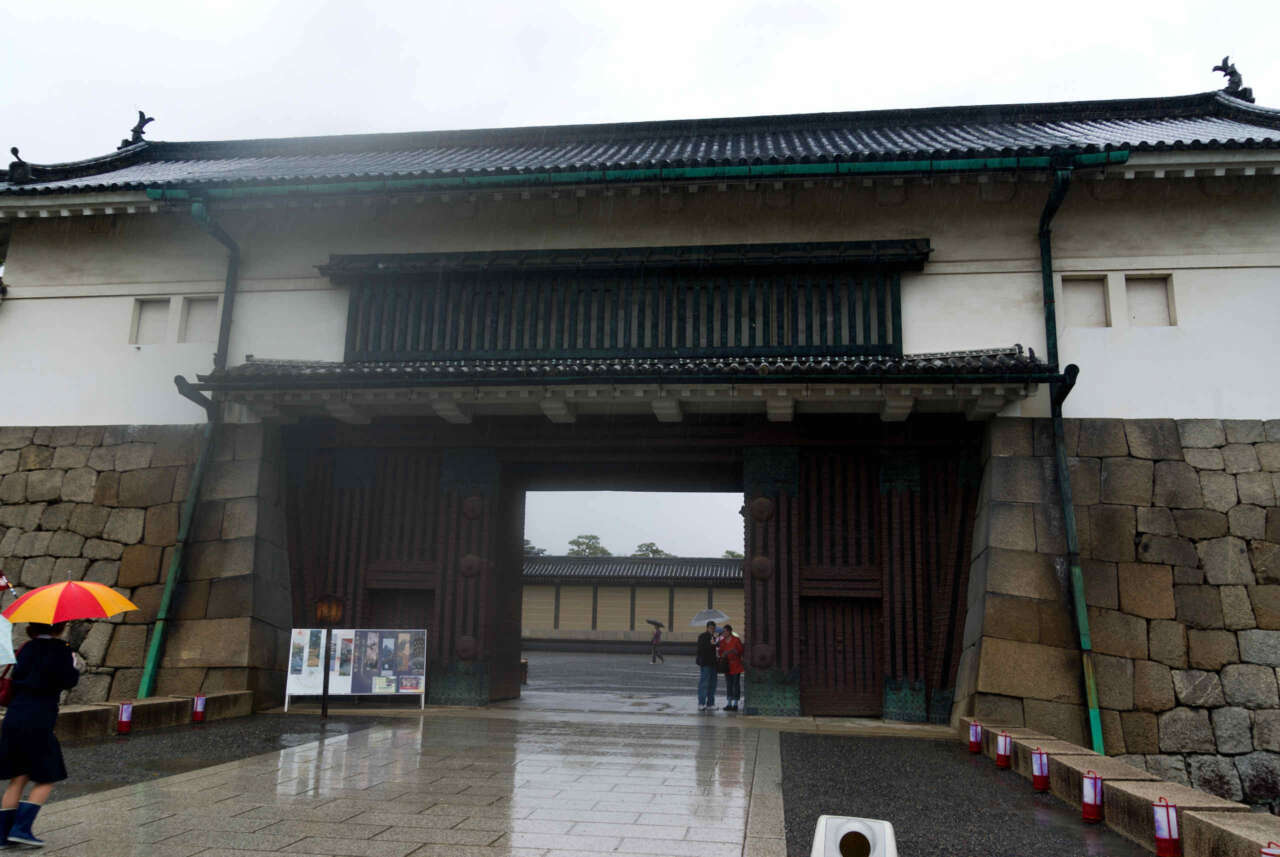
We entered the castle grounds by crossing a bridge to the eastern main gate (東大手門) – there is also another gate on the north side but closed to visitors. As you can see from the photo, there is a steady constant drizzling rain.
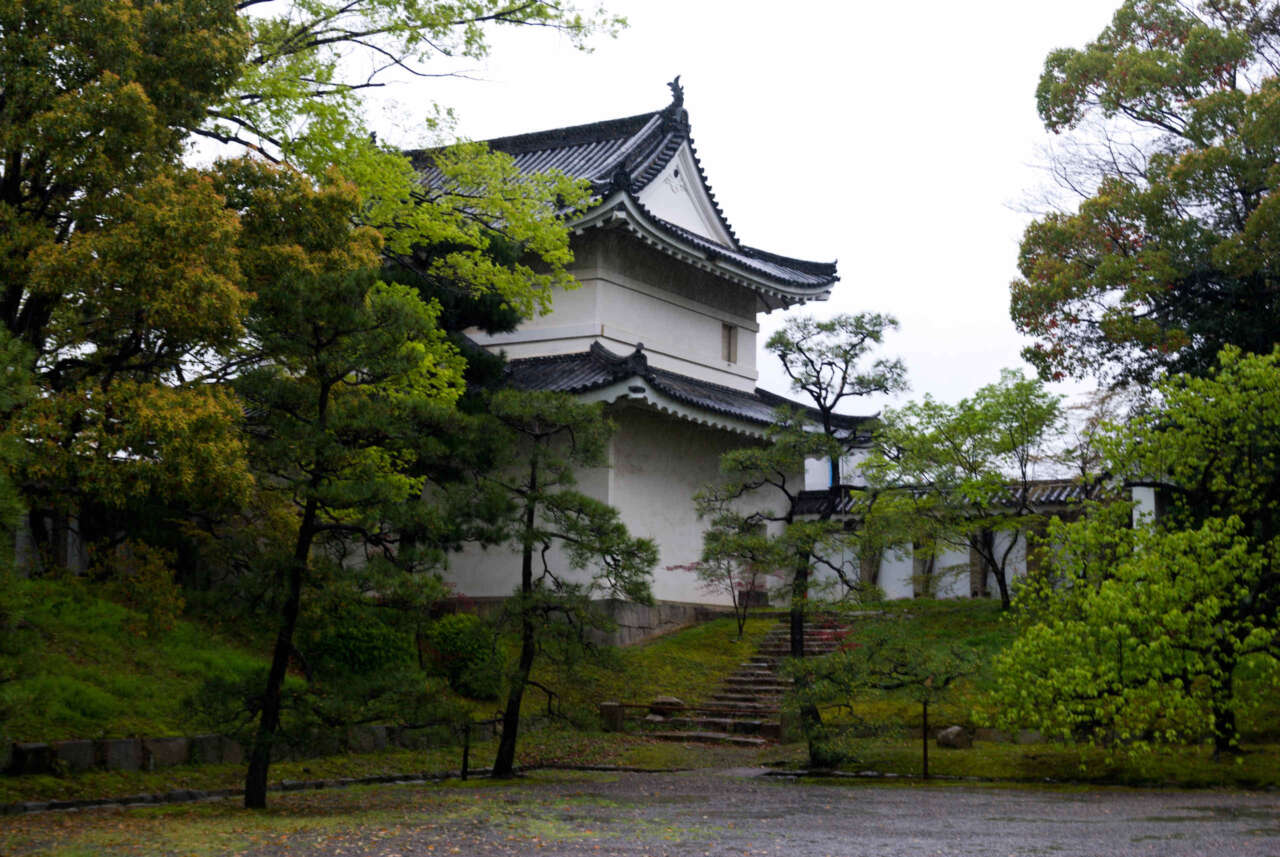
This is the South Western Corner Tower (東南隅櫓) – there is another similar tower on the north west corner of the castle. Originally, there were four such towers but two were destroyed by fire.
The entrance to Ninomaru is through a beautiful Chinese style gate – Karamon (唐門).
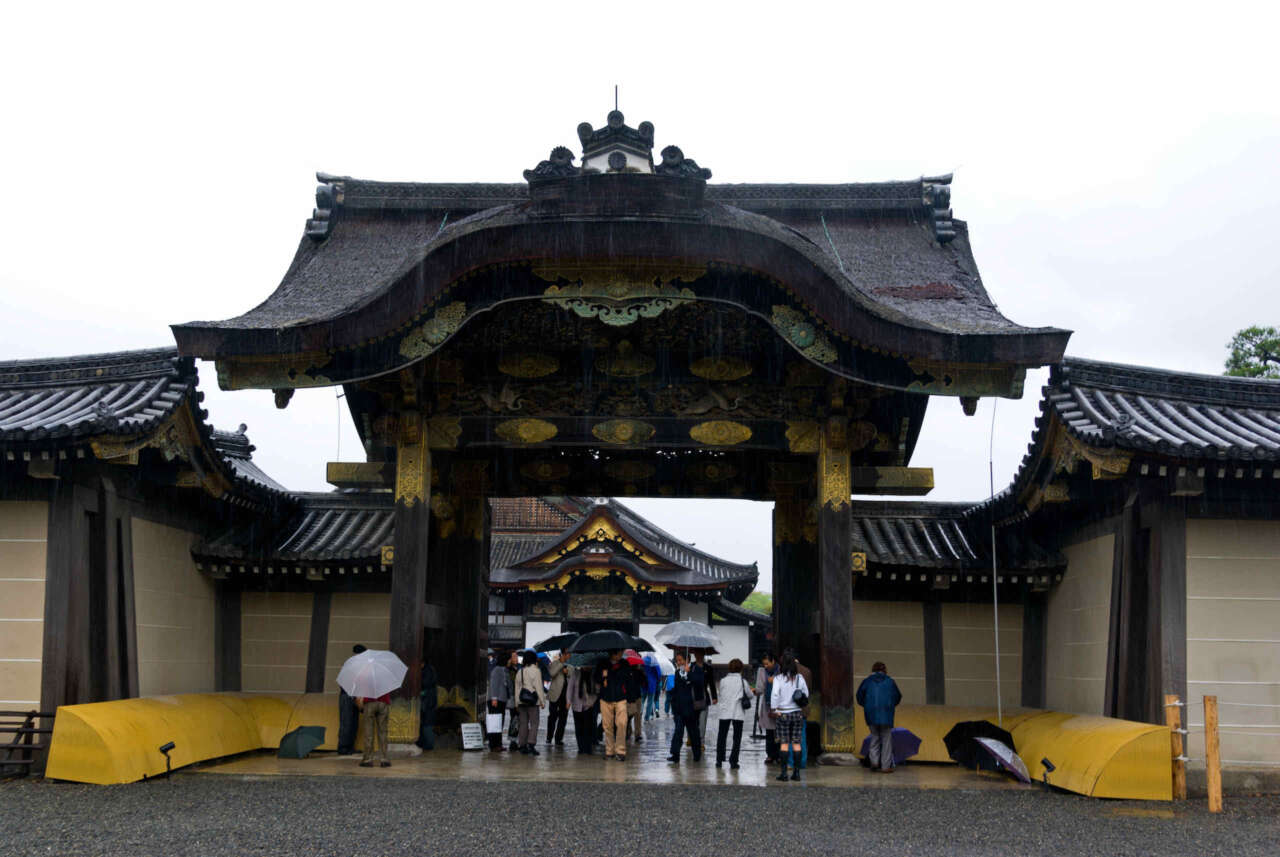
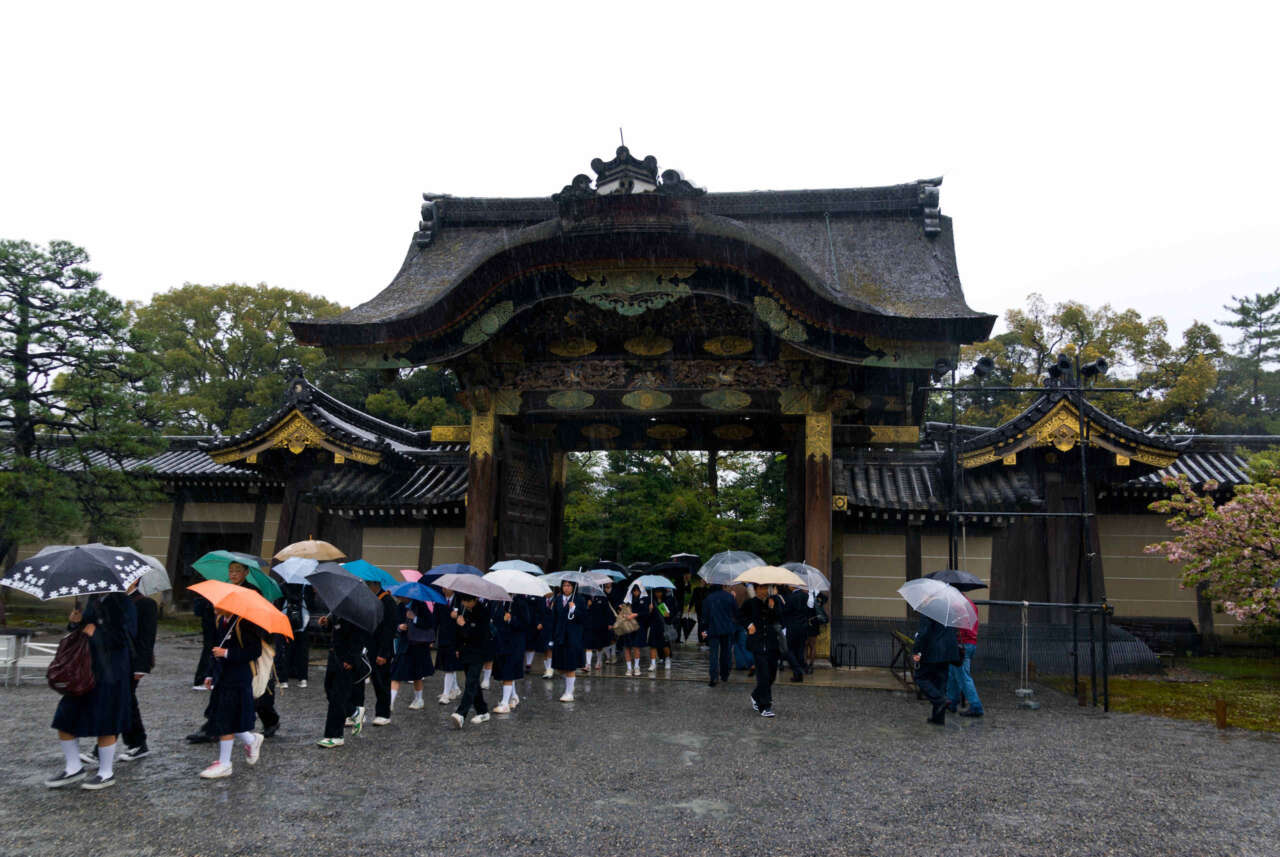
The Ninomaru Palace is actually set of linked buildings. Unfortunately, we are not allowed to take pictures of the interior, but walking around in it reminded me strongly of James Clavell’s Shogun – including the presence of “nightingale” floors which are designed to squeak when someone steps on them – a way of alerting the guards when an intruder sneaks into the building.
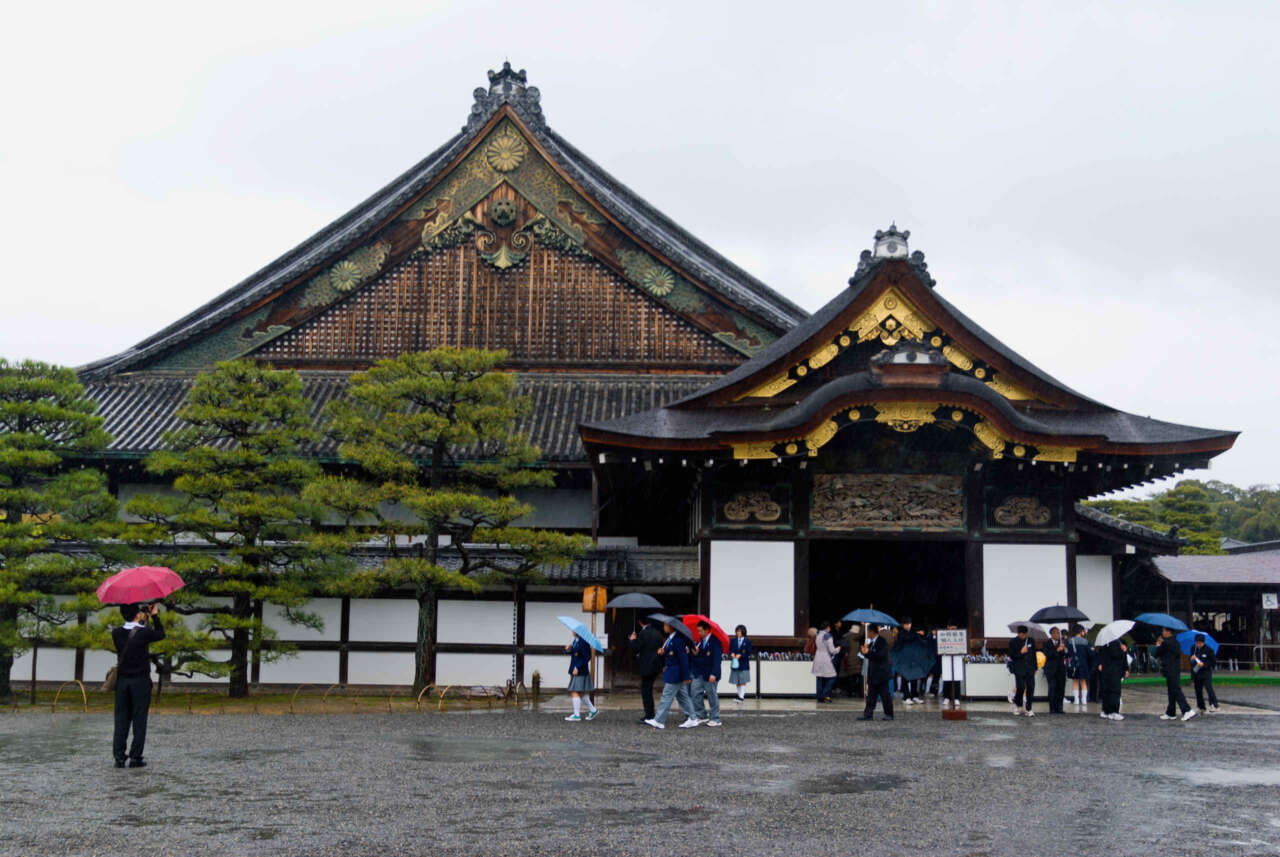
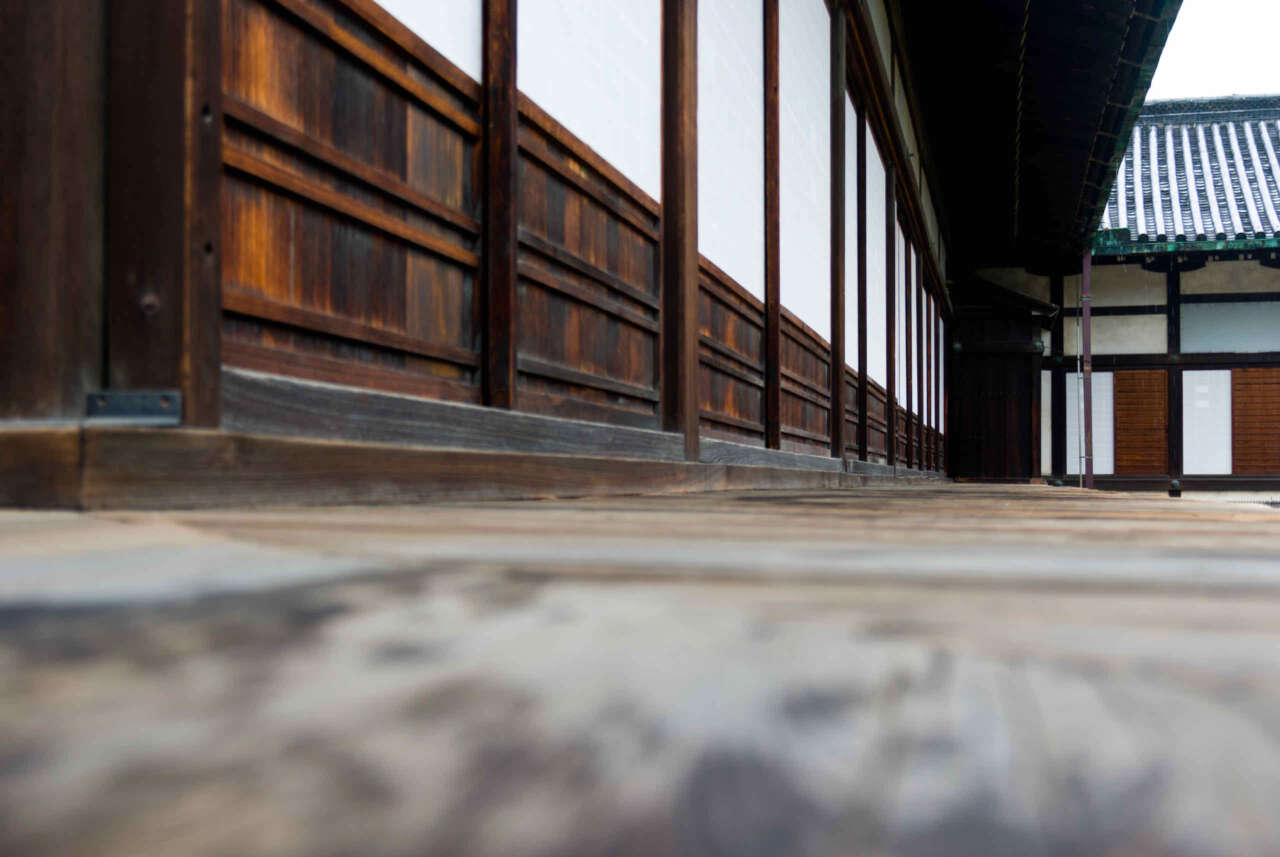
The Ninomaru Garden features cherry blossoms and pine trees.
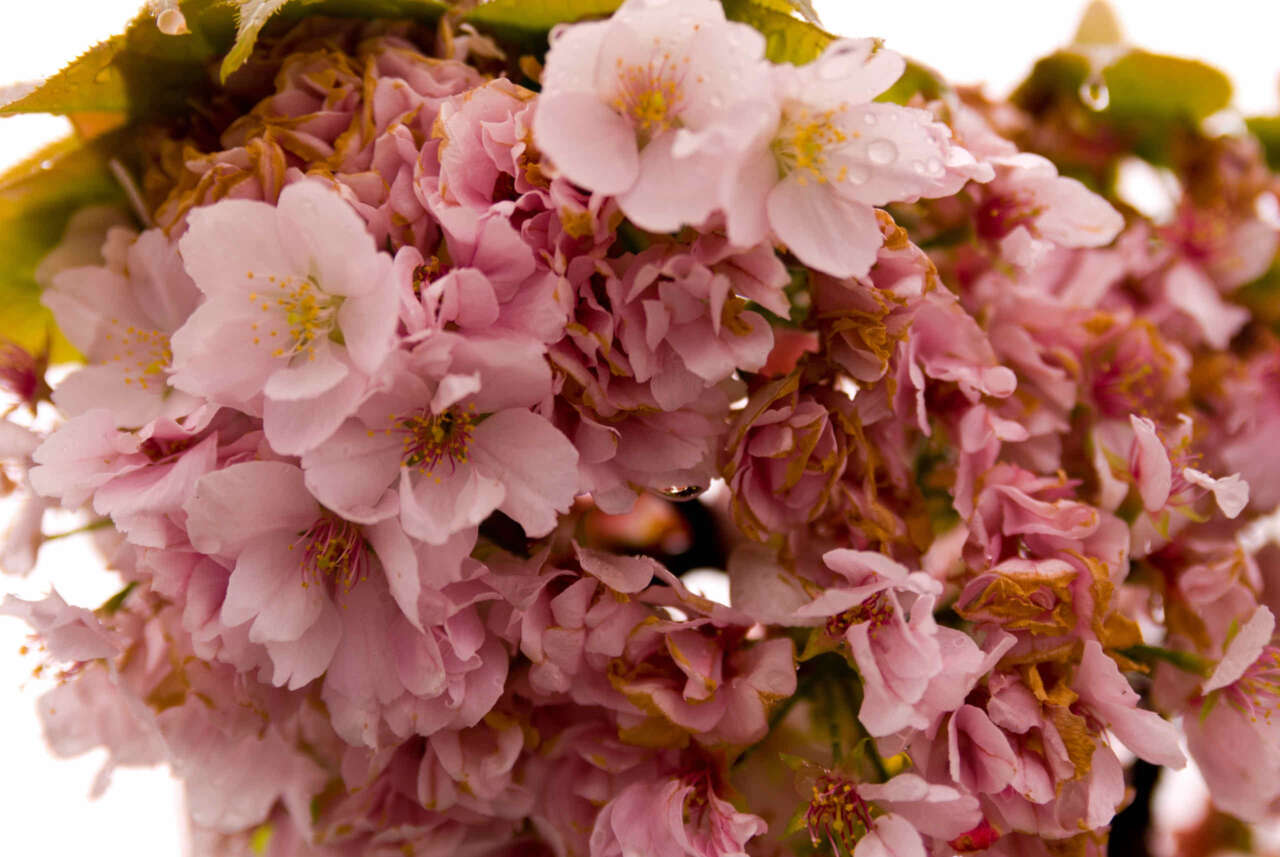
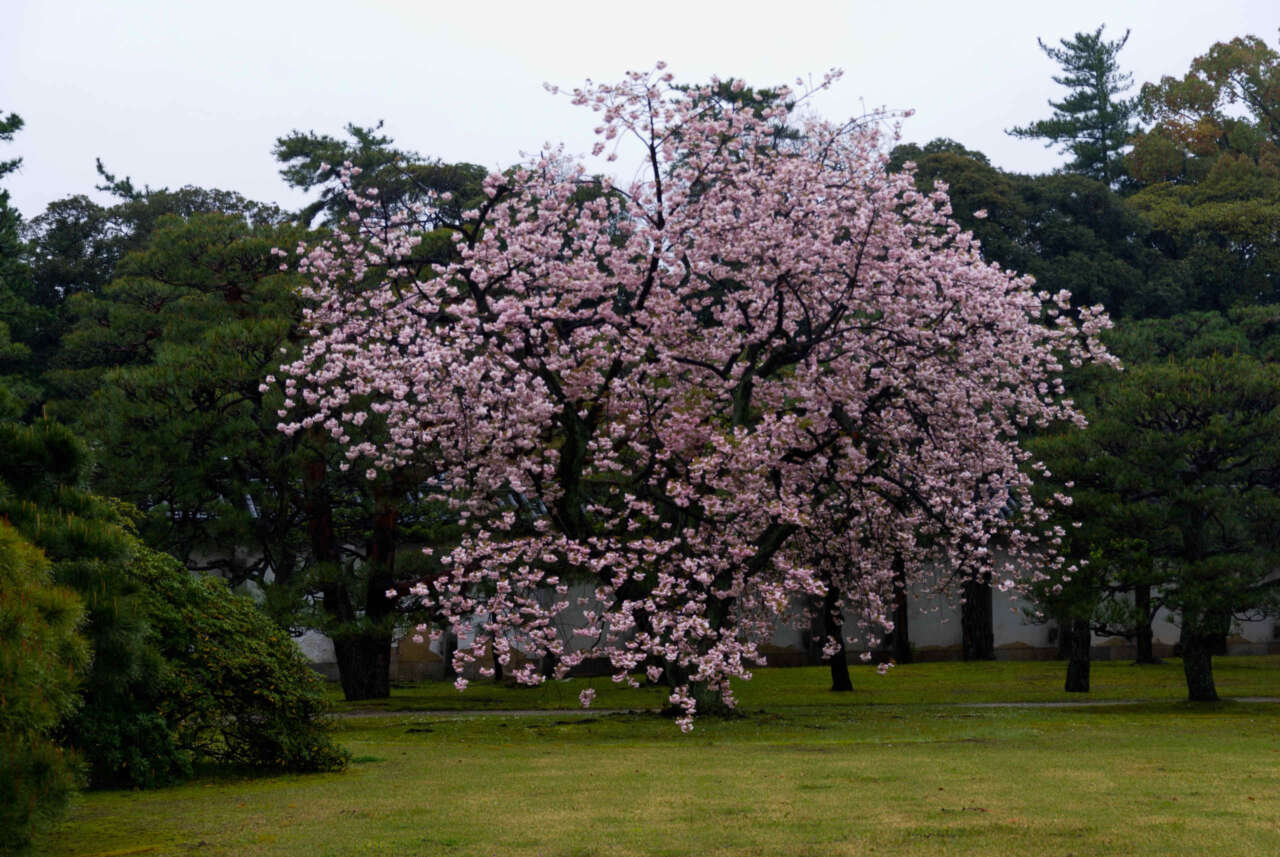
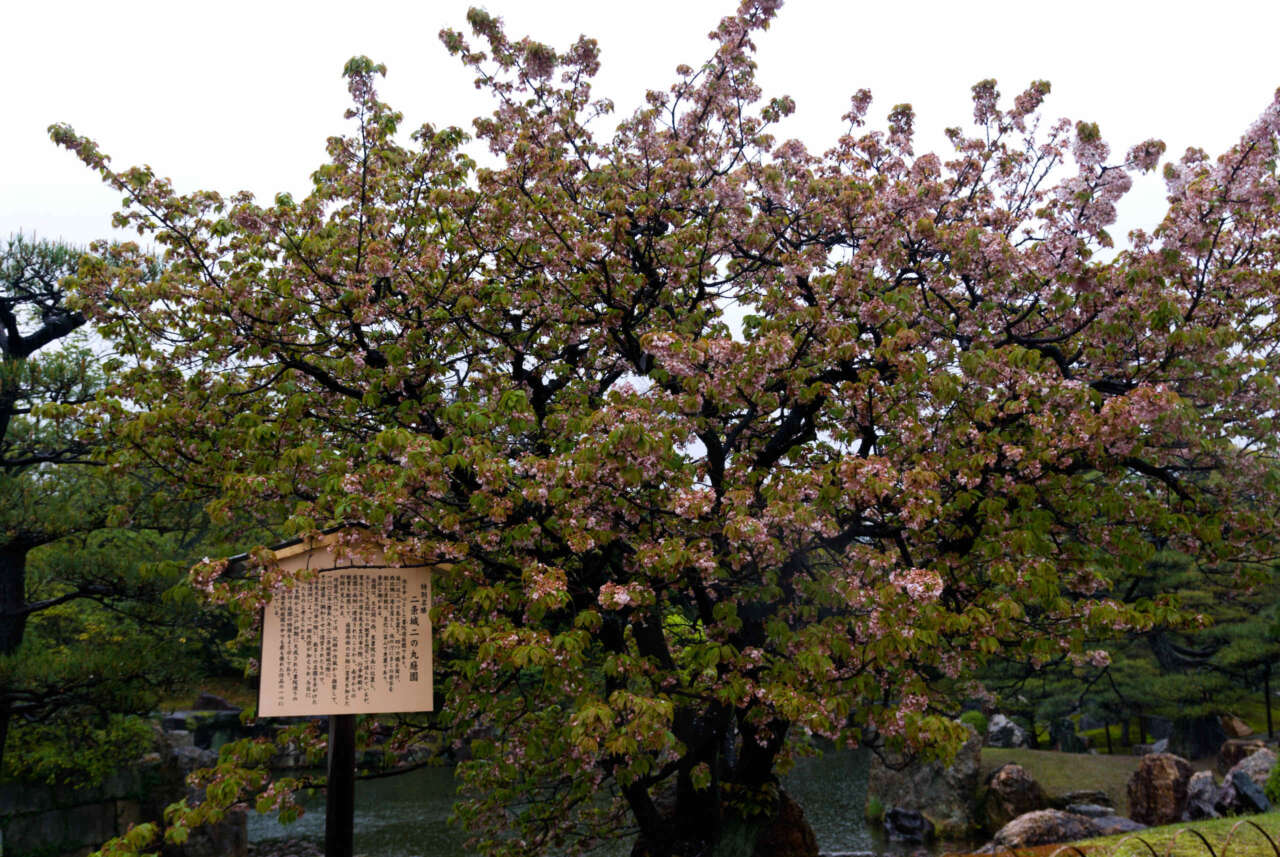
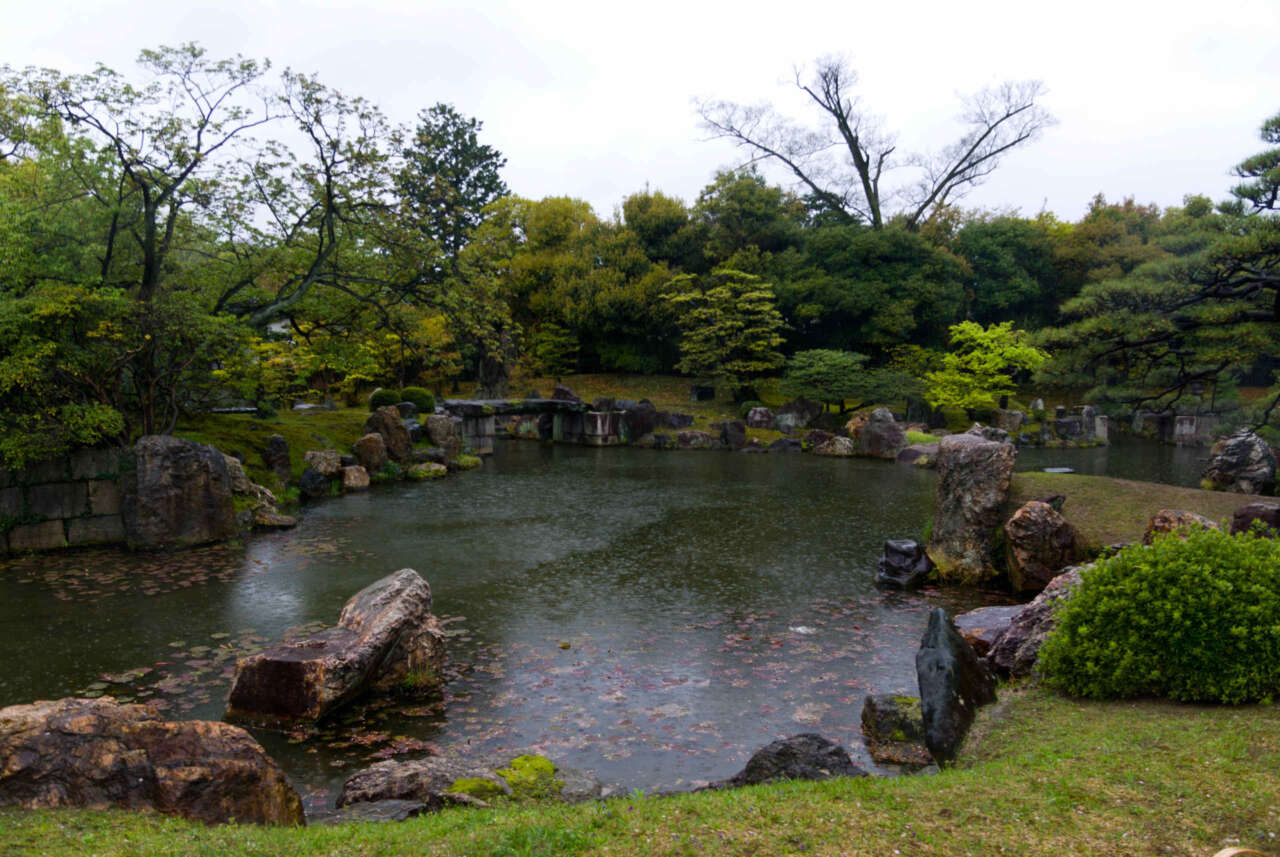
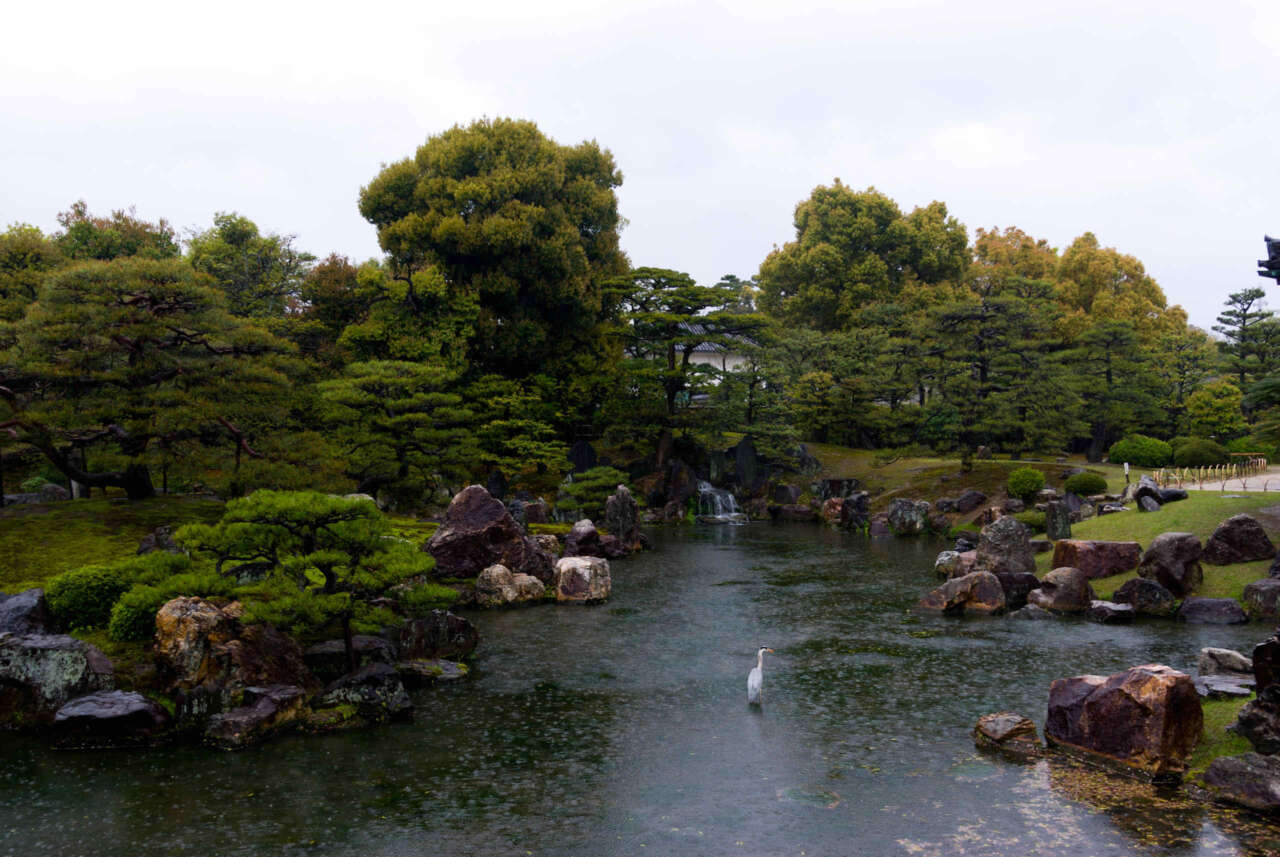
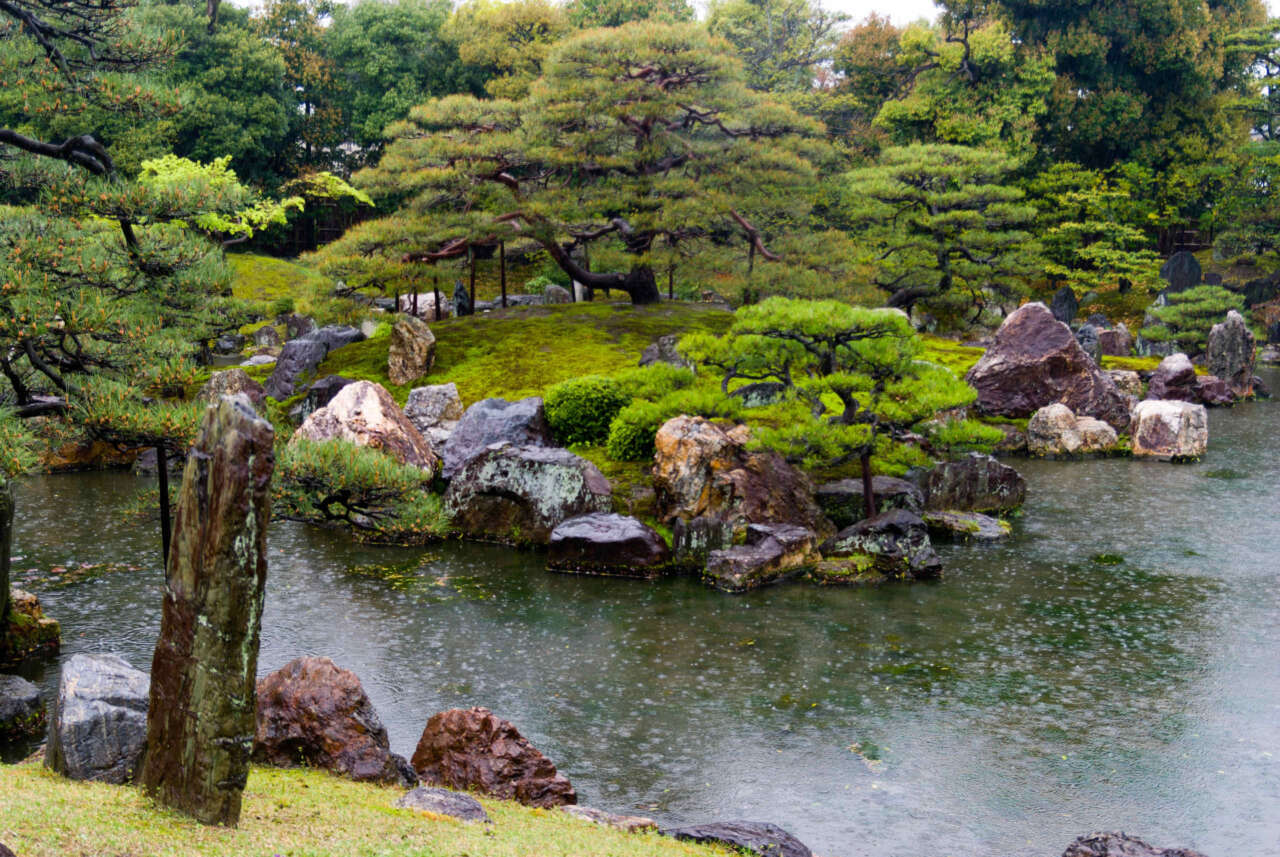
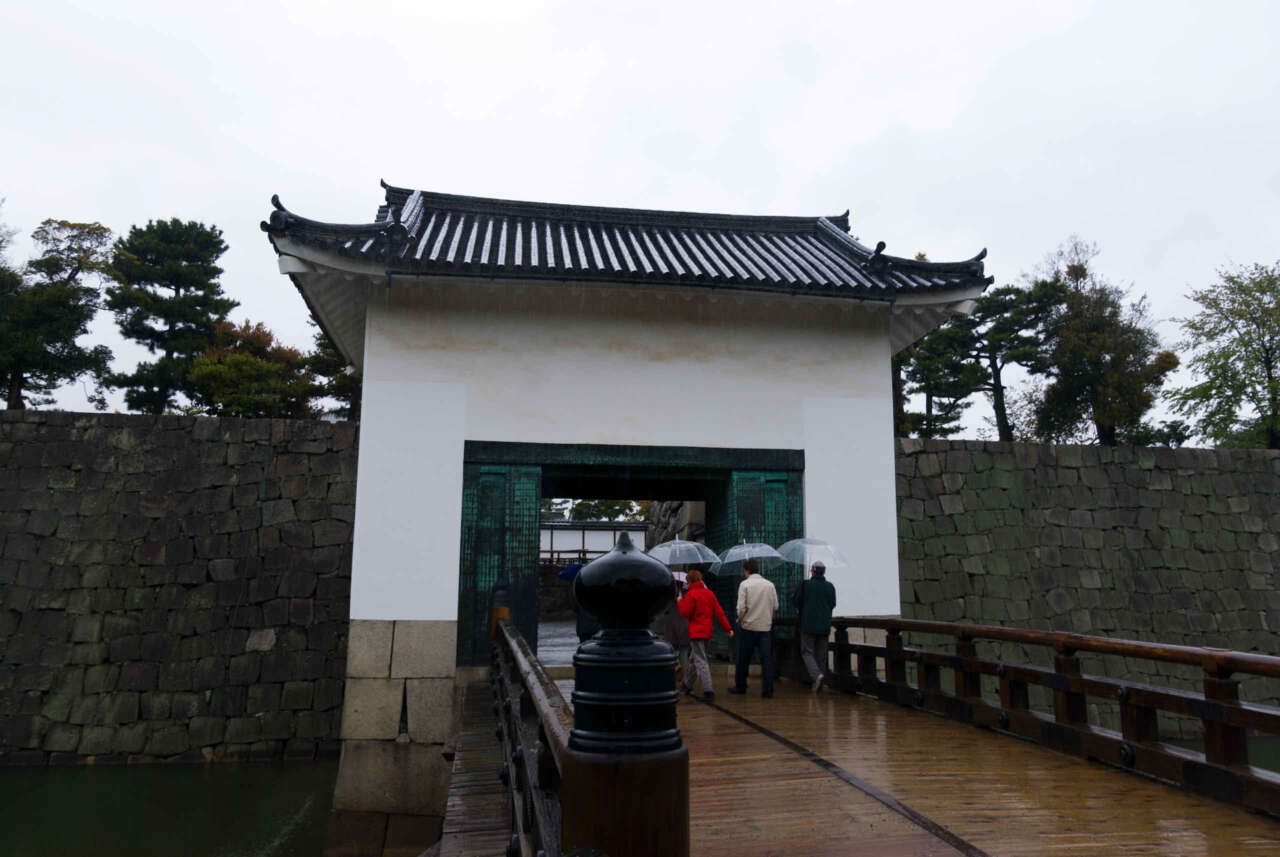
Next stop on the itinerary is the Honmaru Palace, via the Eastern bridge (東橋) across the inner moat and the Honmaru Tower gate (本丸櫓門), which is one of four gates around the inner moat.
Just before crossing the bridge, however, we noticed these interesting artworks.
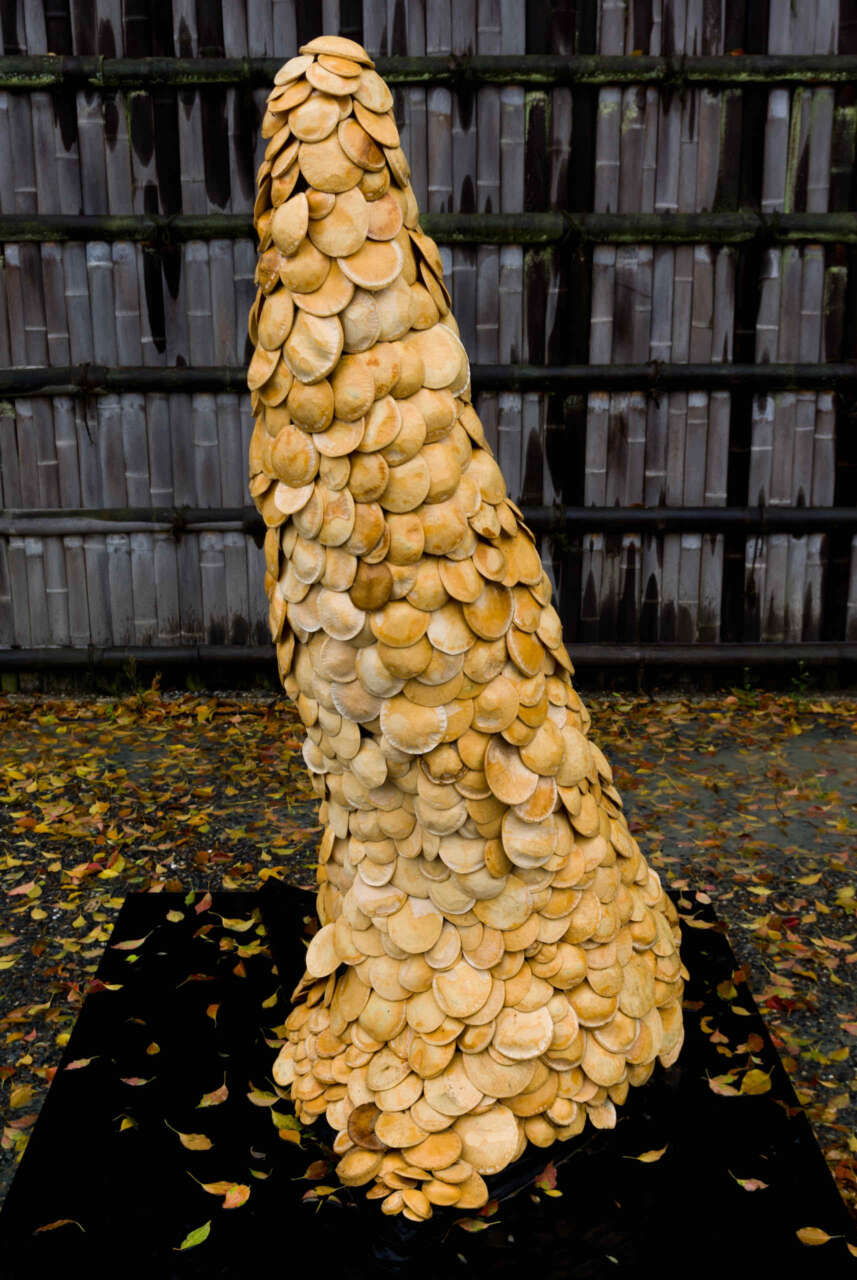
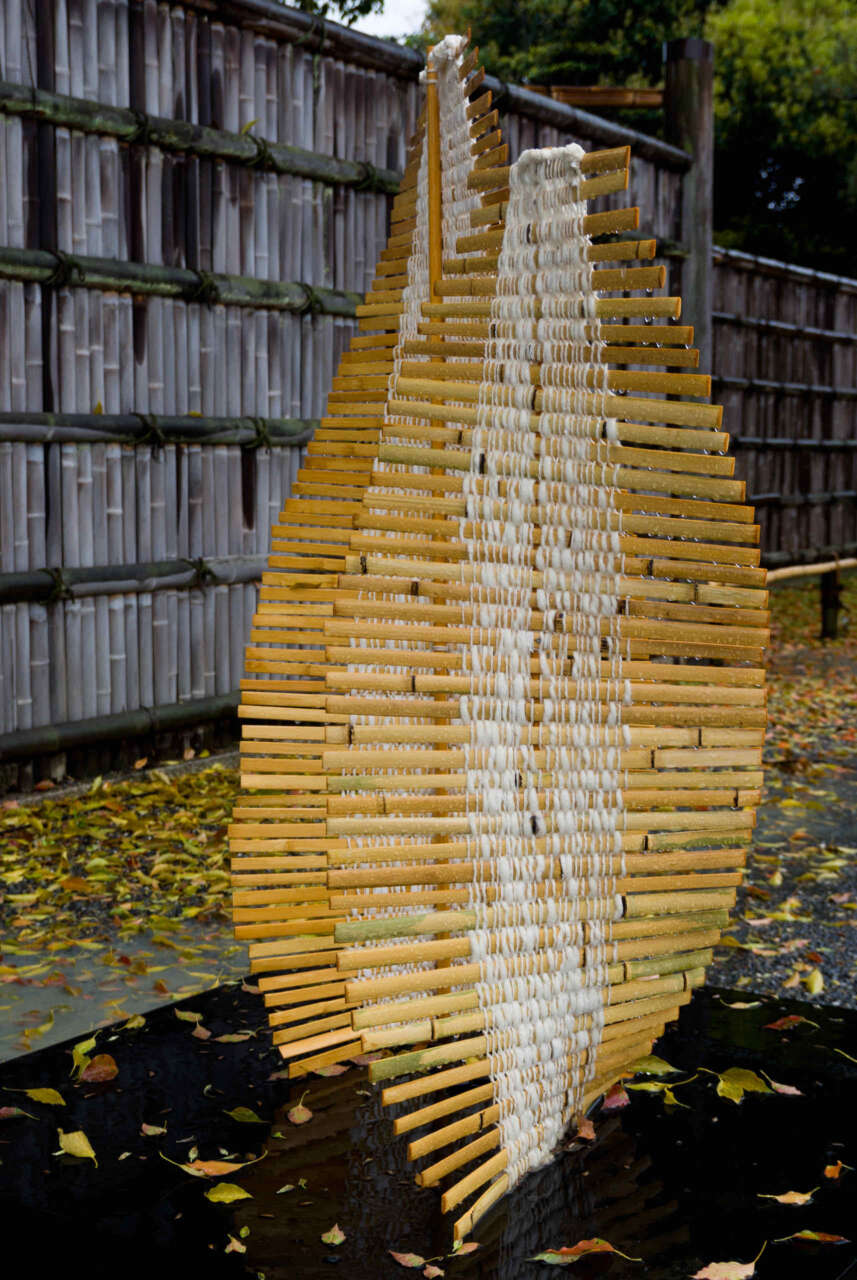
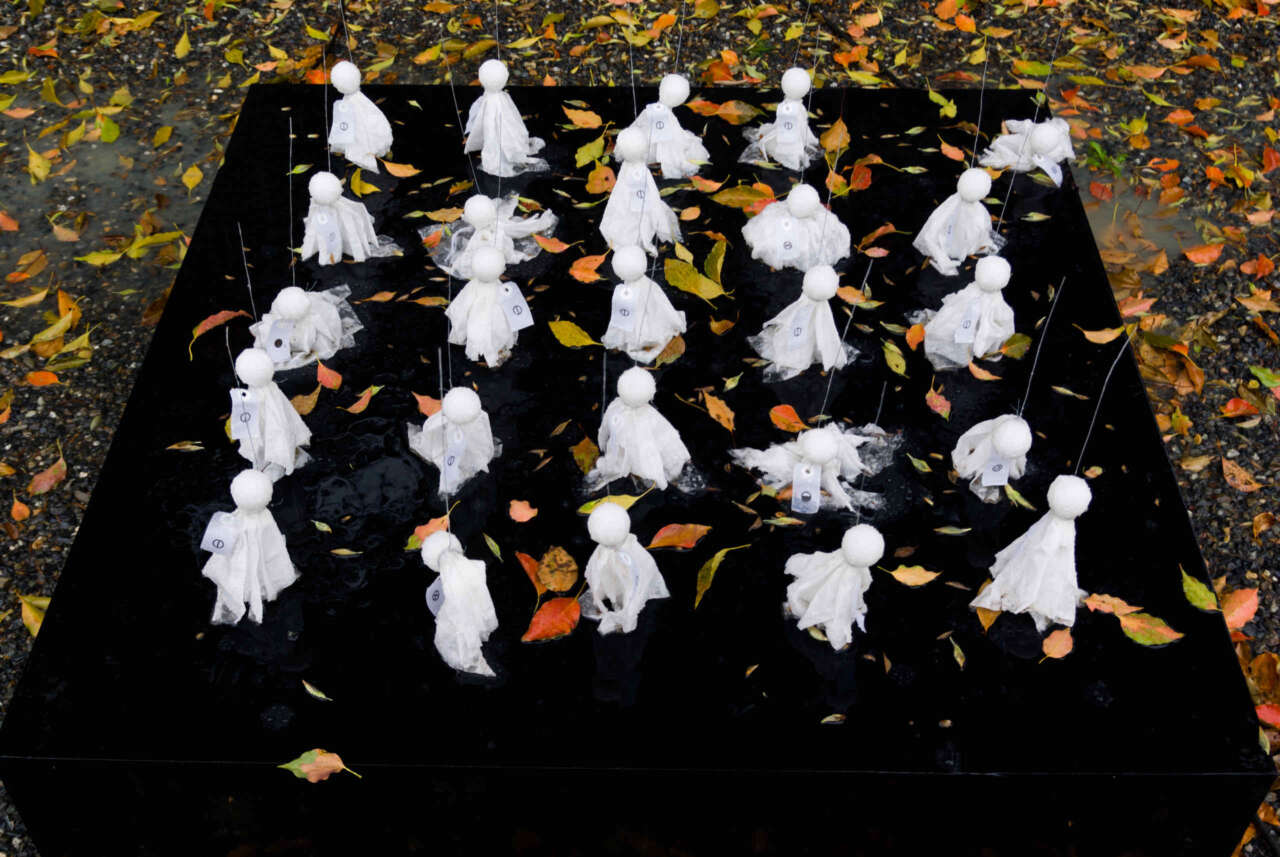
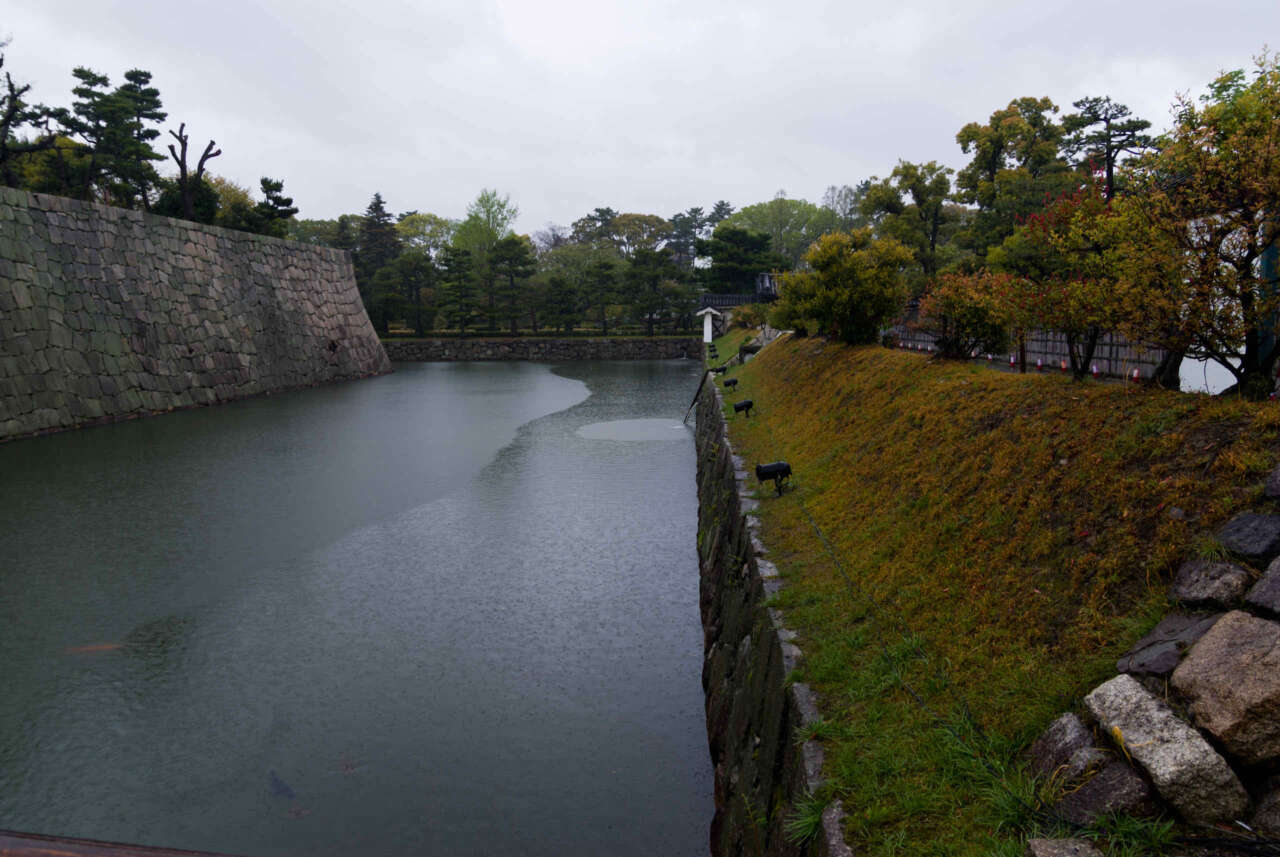
View of the inner moat.
The Honmaru palace is fairly imposing – but this building was originally part of the Katsura Imperial Palace and transferred here in the nineteenth centure as the original palace was destroyed by fire.
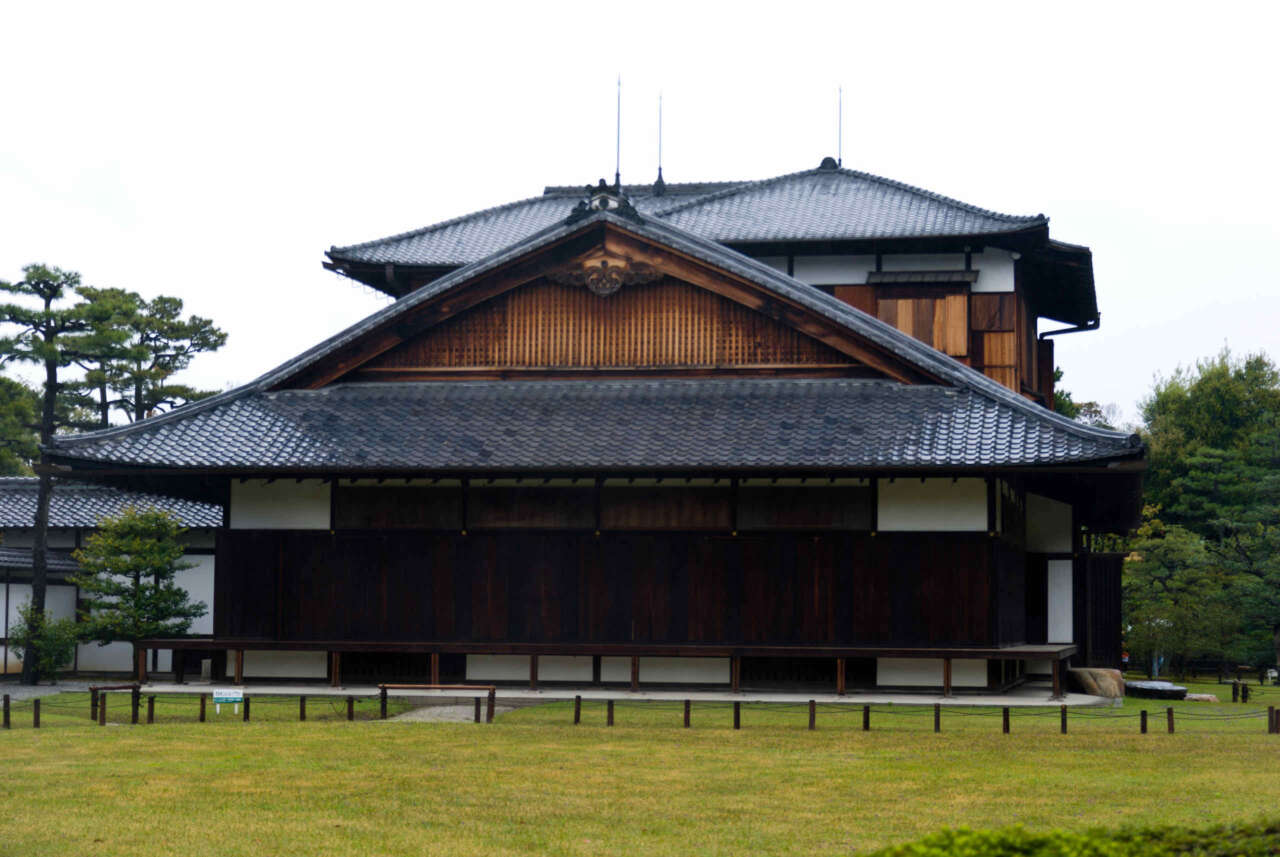
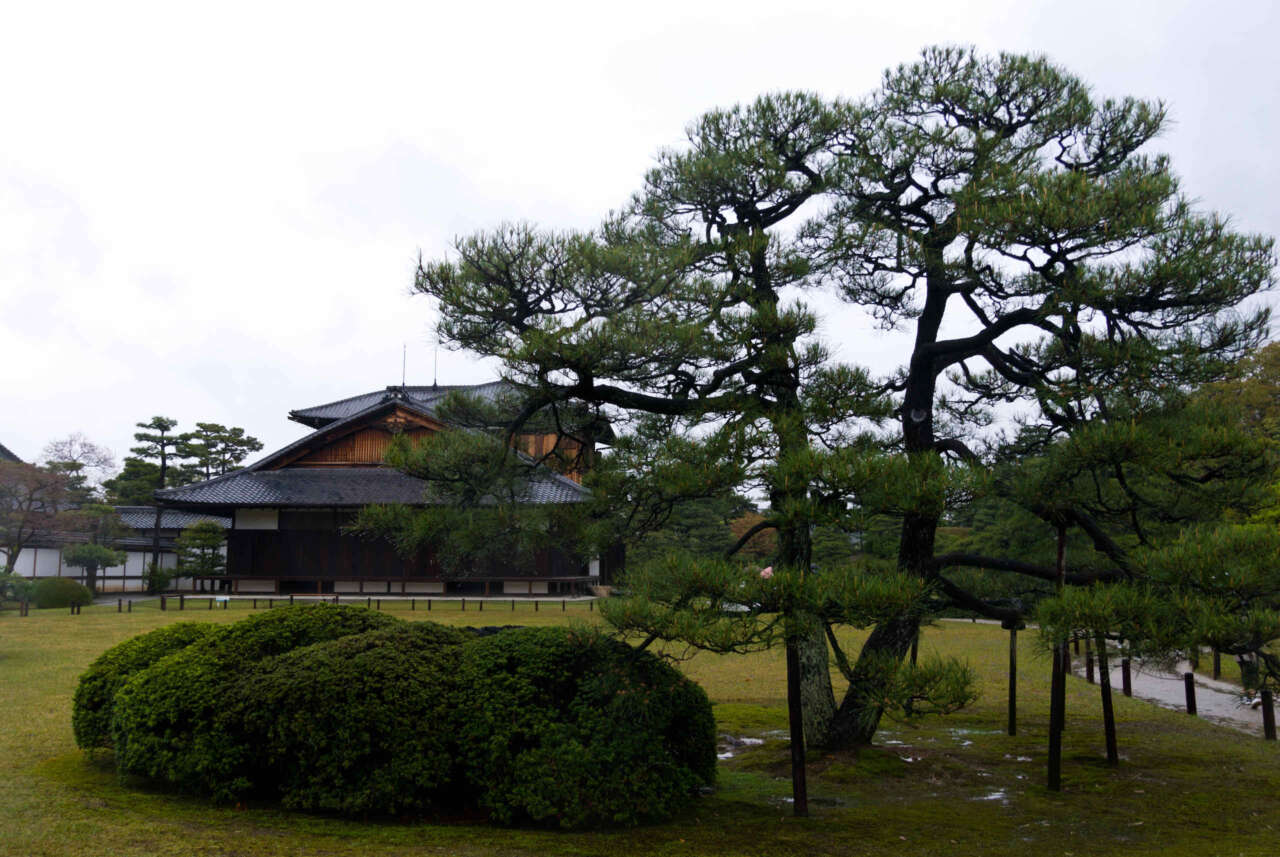
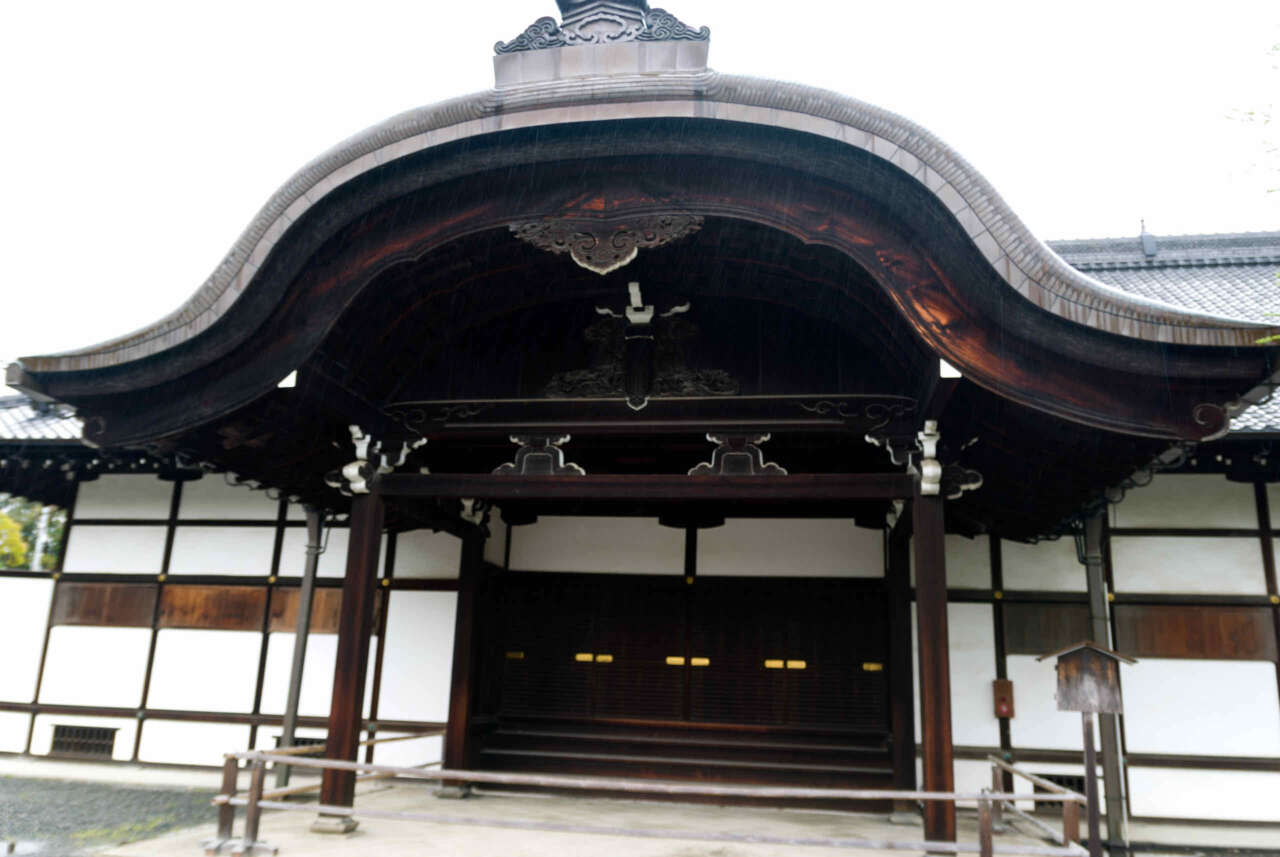
Kaguraden (stage).
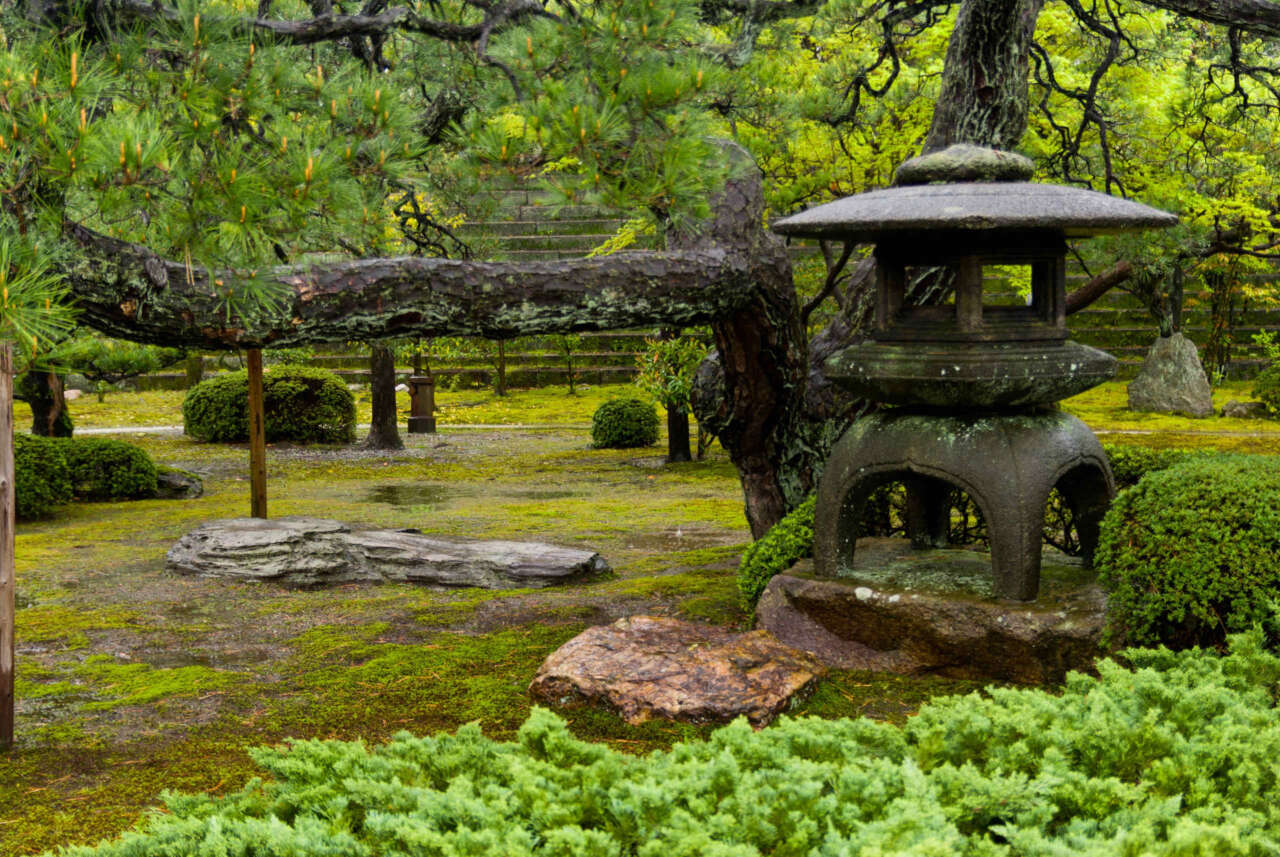
The Honmaru Garden features a beautiful stone lantern in the middle.
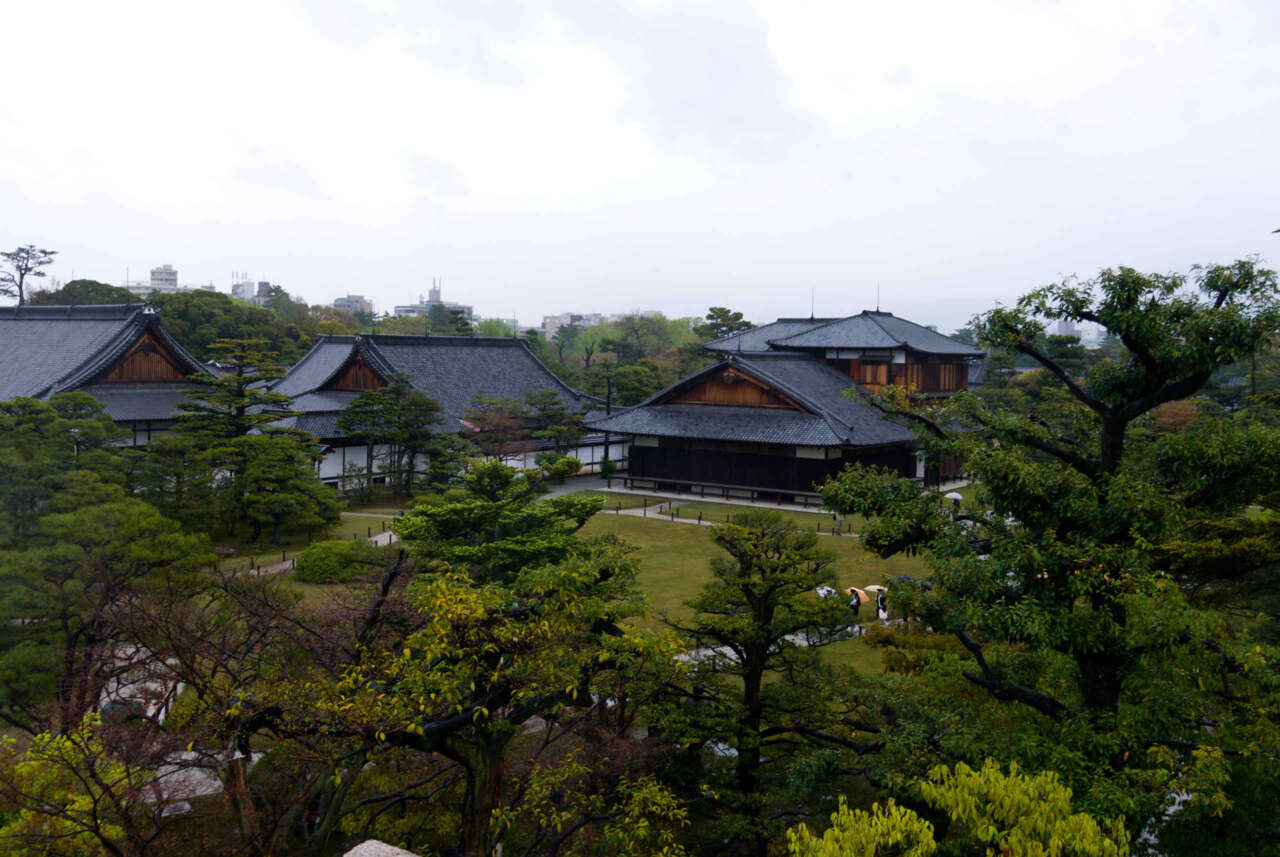
We then walked to the base of what was originally a five story Castle Tower (天守閣) which was struck by lightning and burnt down in the mid eighteenth century. From here, the views of the castle grounds are magnificent.
This is a view of Shiradezakura Avenue, which sas a line of the much admired variety of cherry blossom.
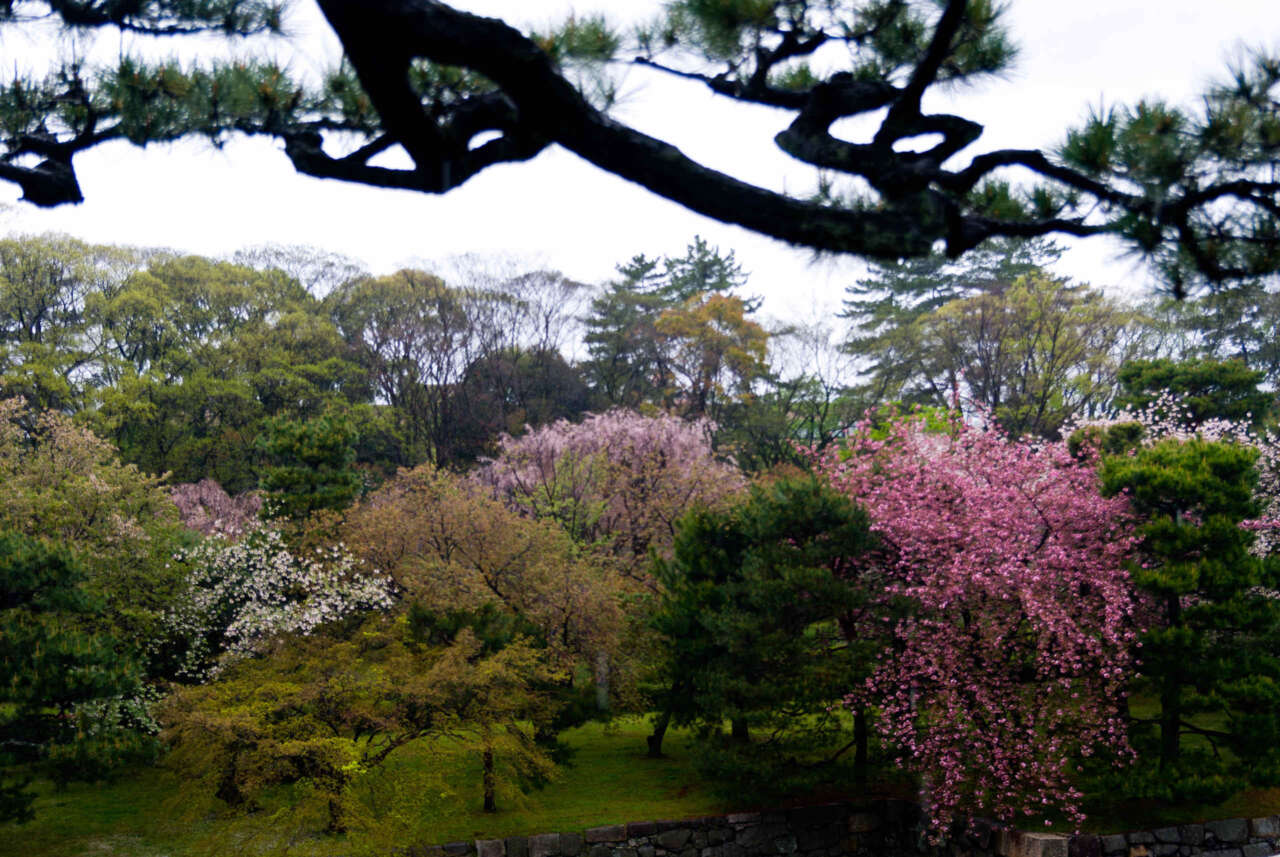
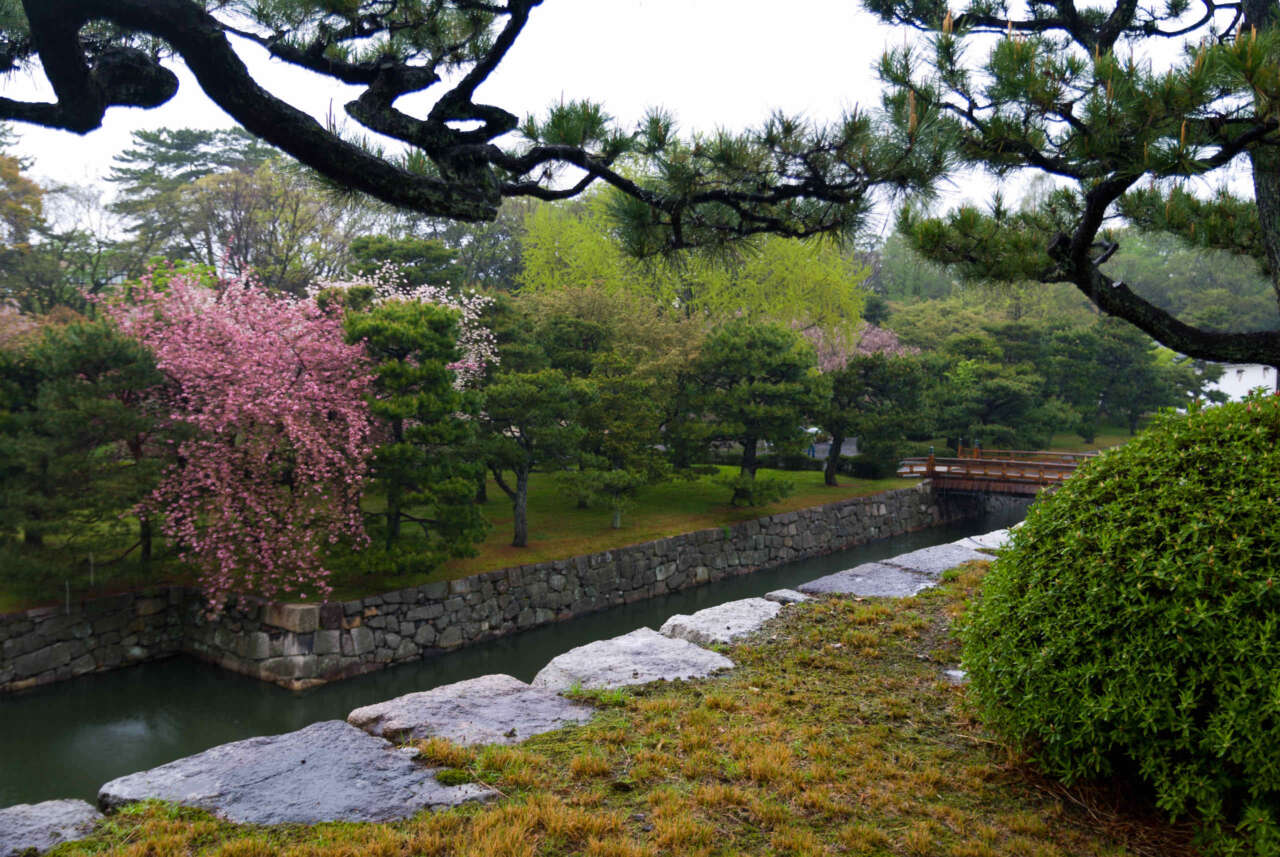
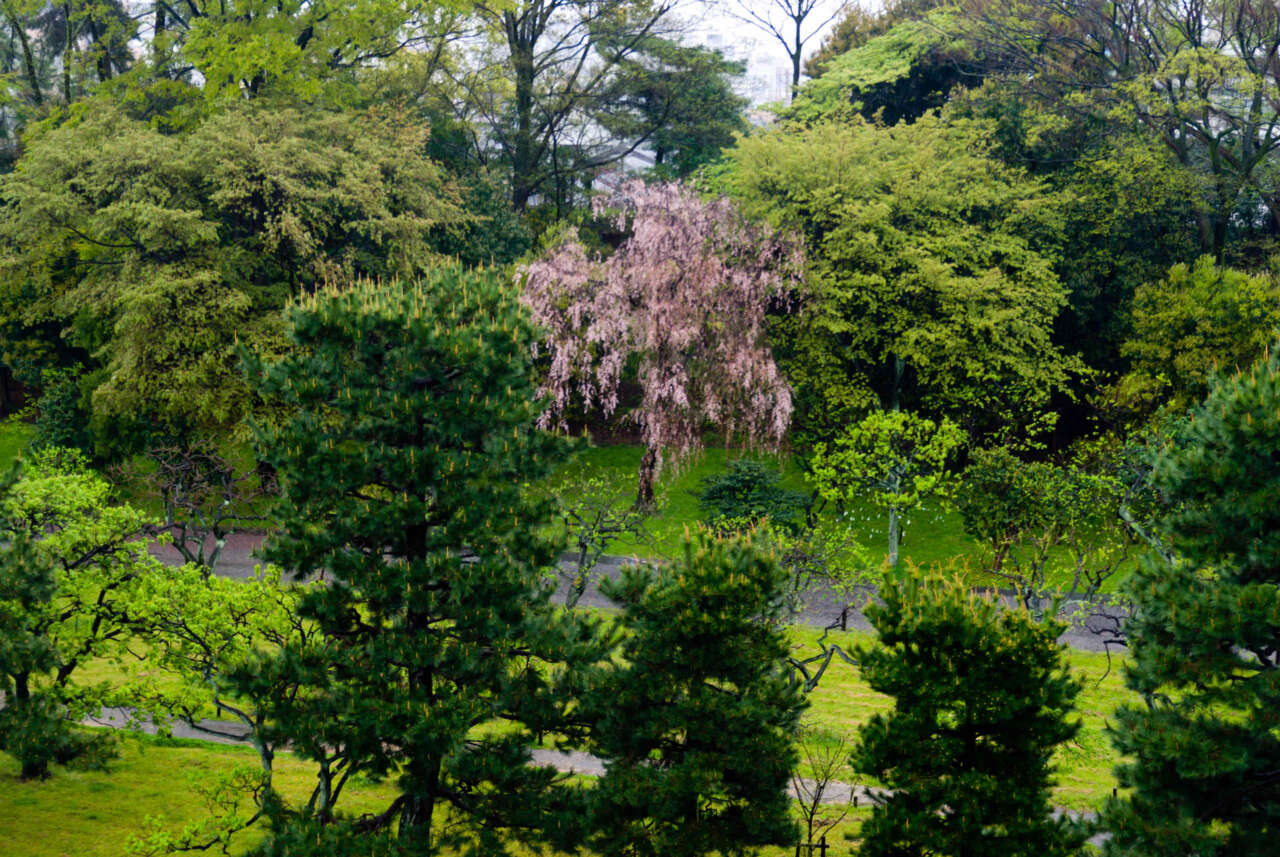
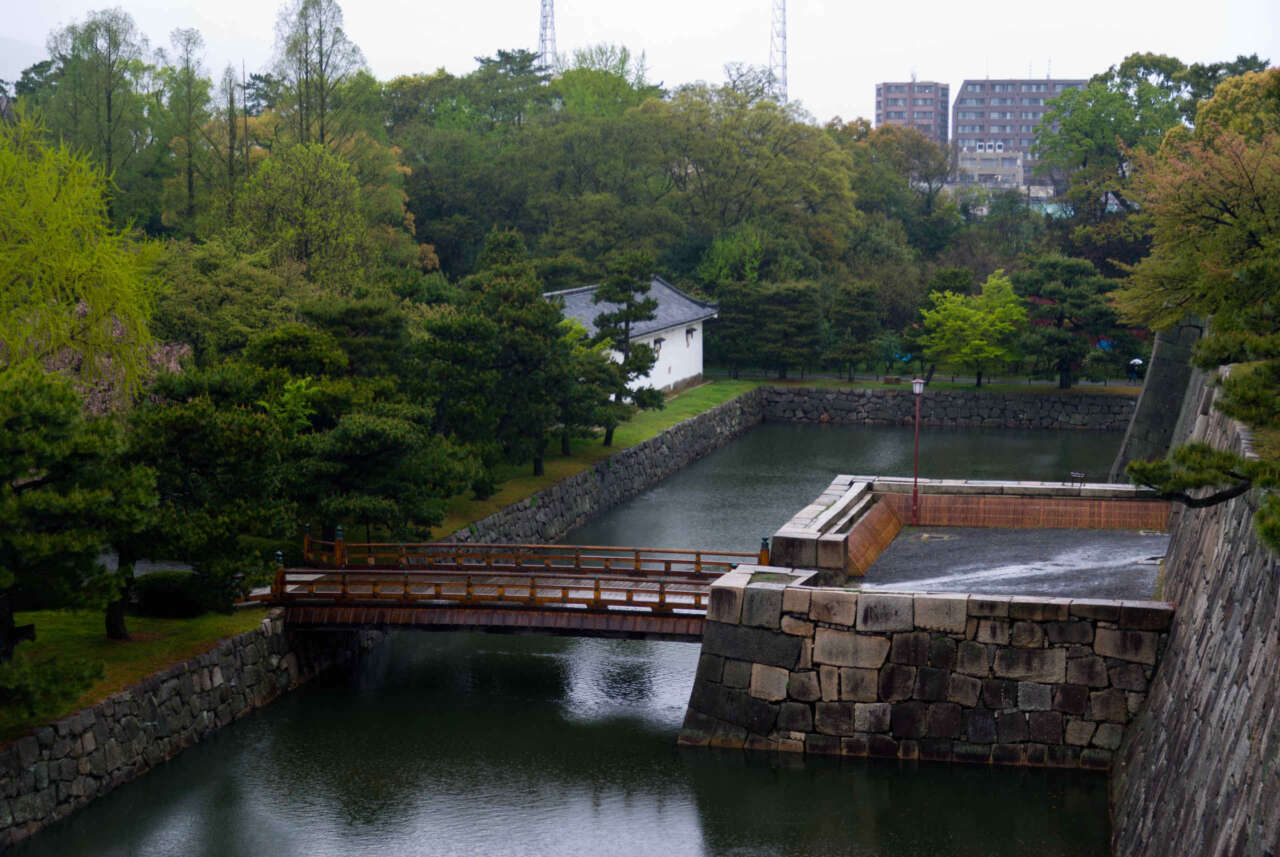
And this is the Western bridge across the inner moat.
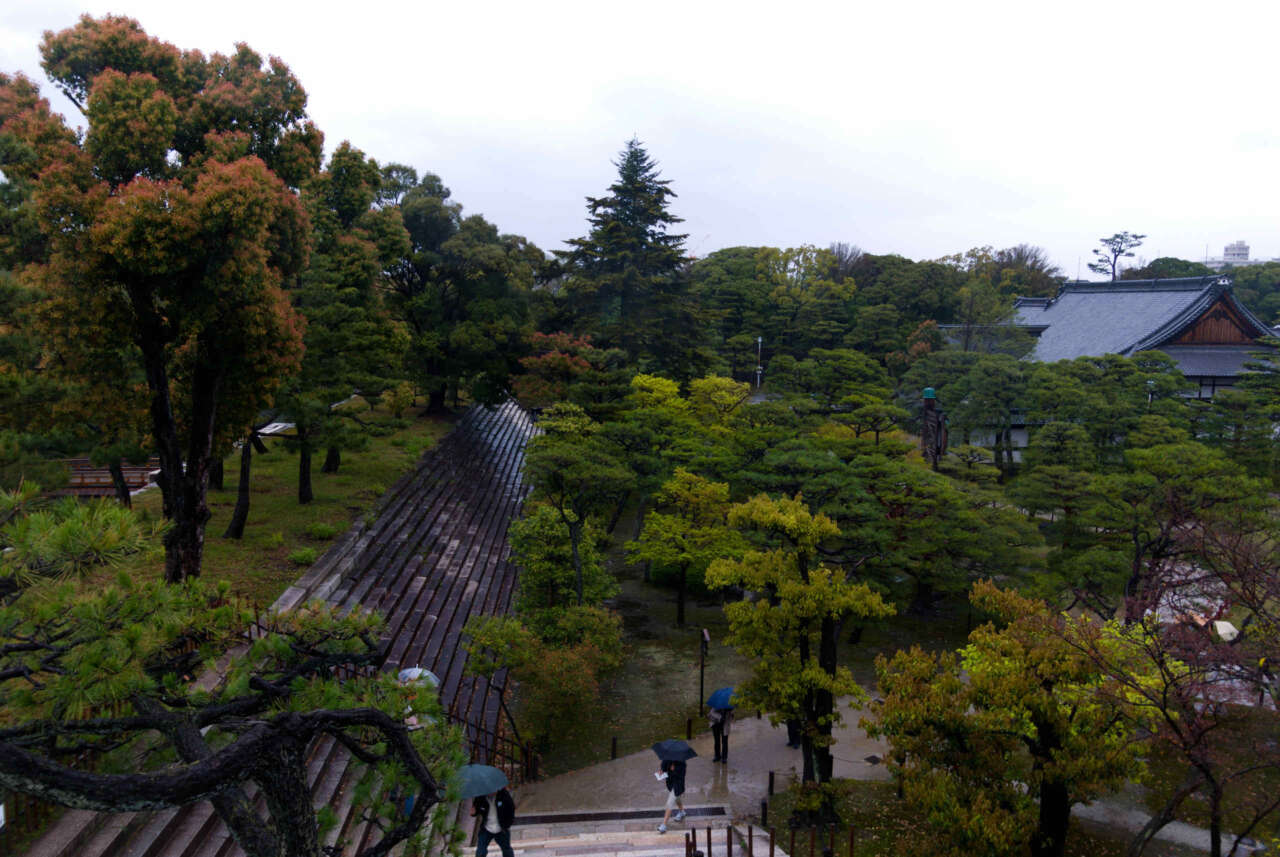
These stairs allow any part of the moat wall to be accessed to defend the Honmaru from intruders from any direction.
After exiting the inner section via the Western inner moat bridge, we walked along the avenue of Shiradezakura blossoms.
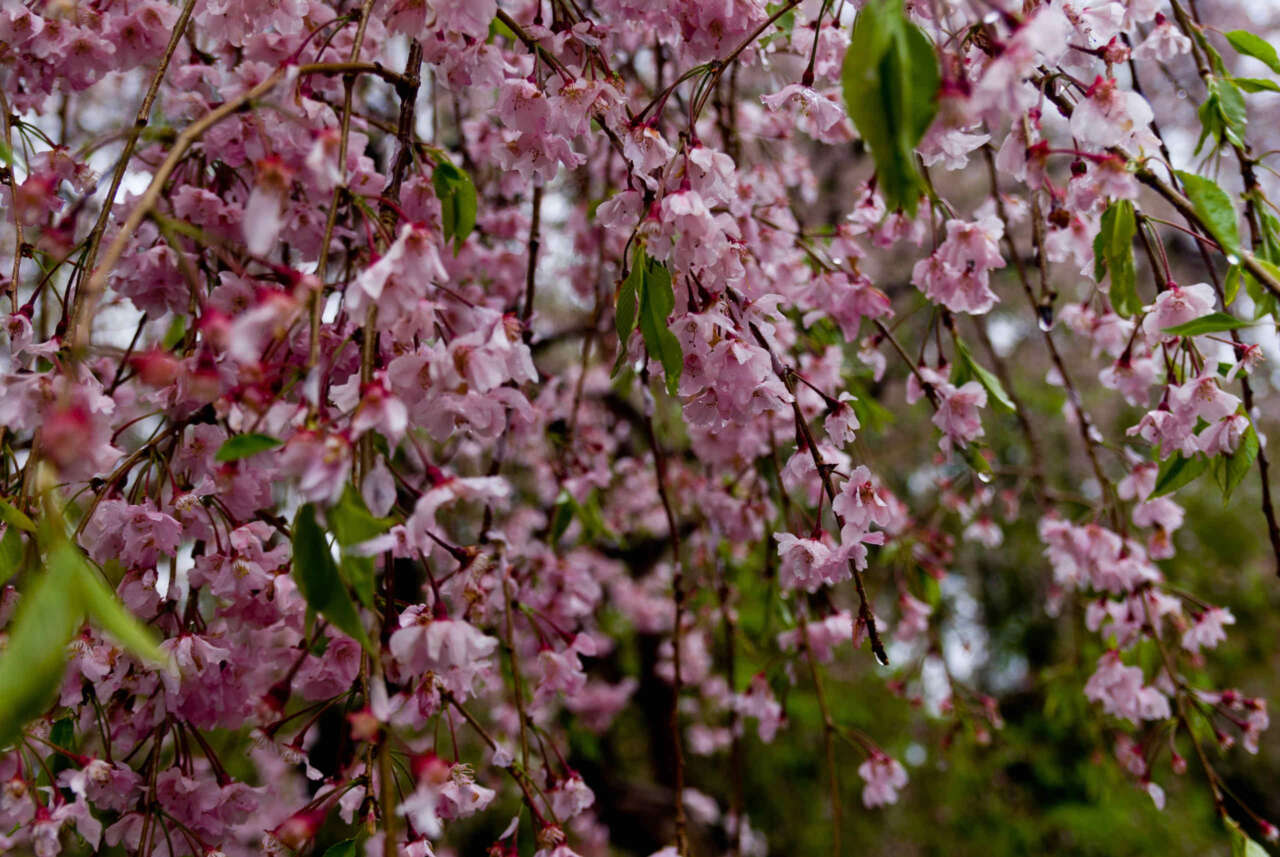
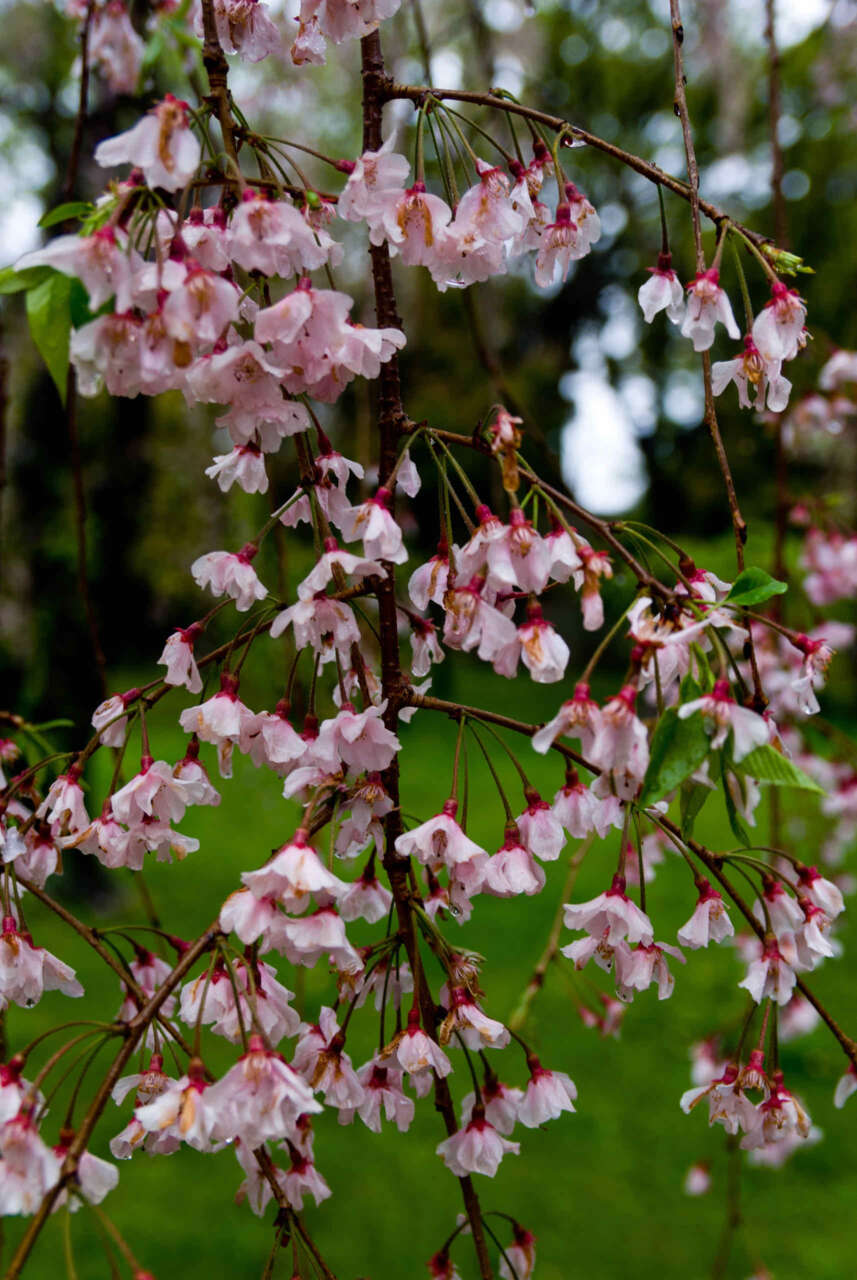
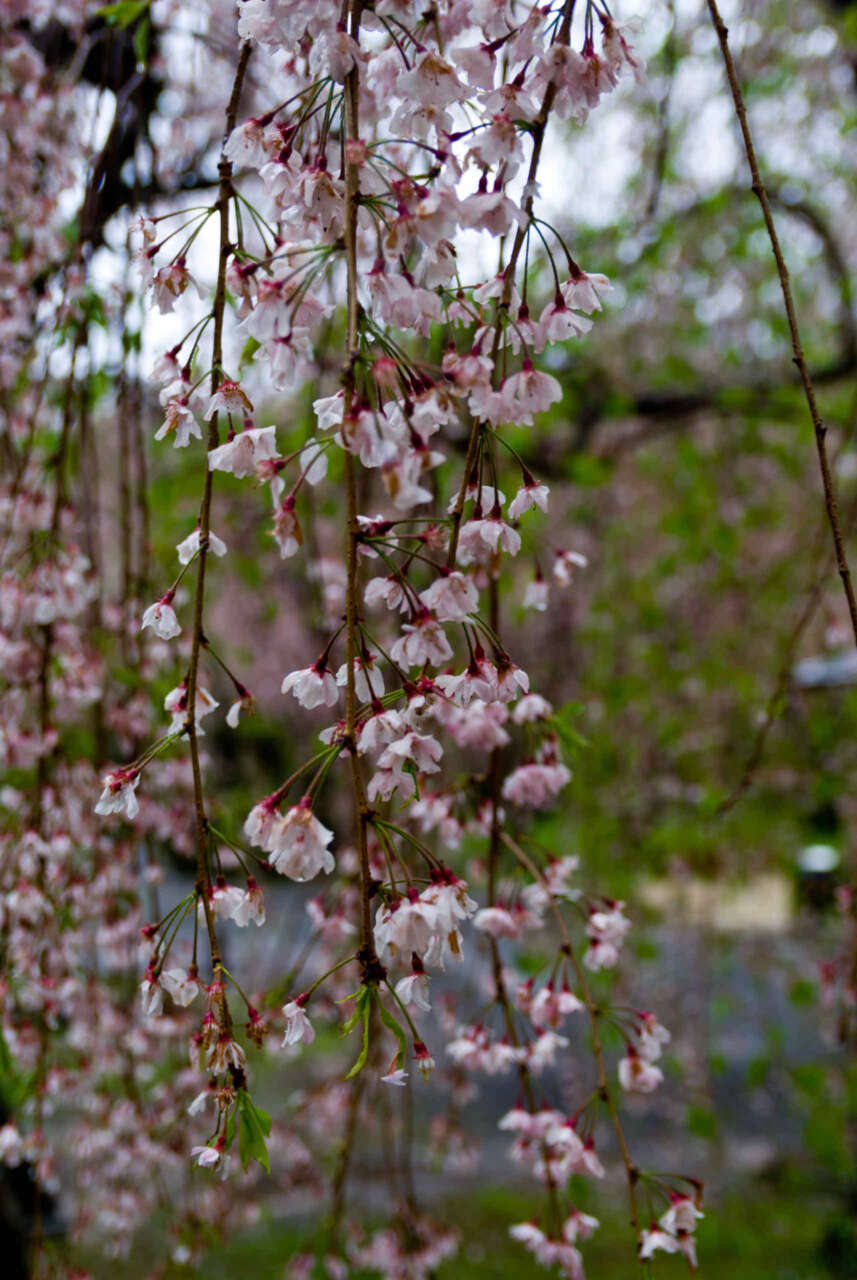
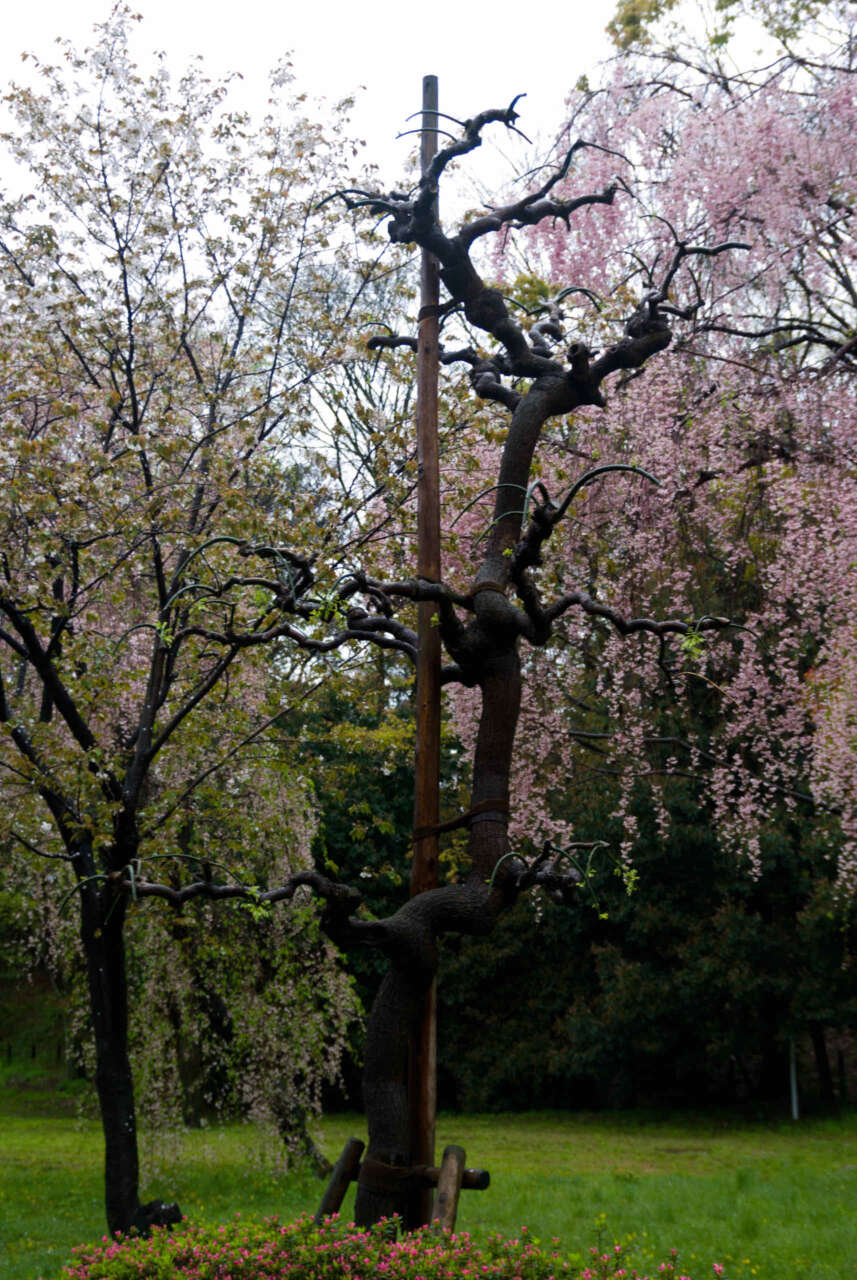
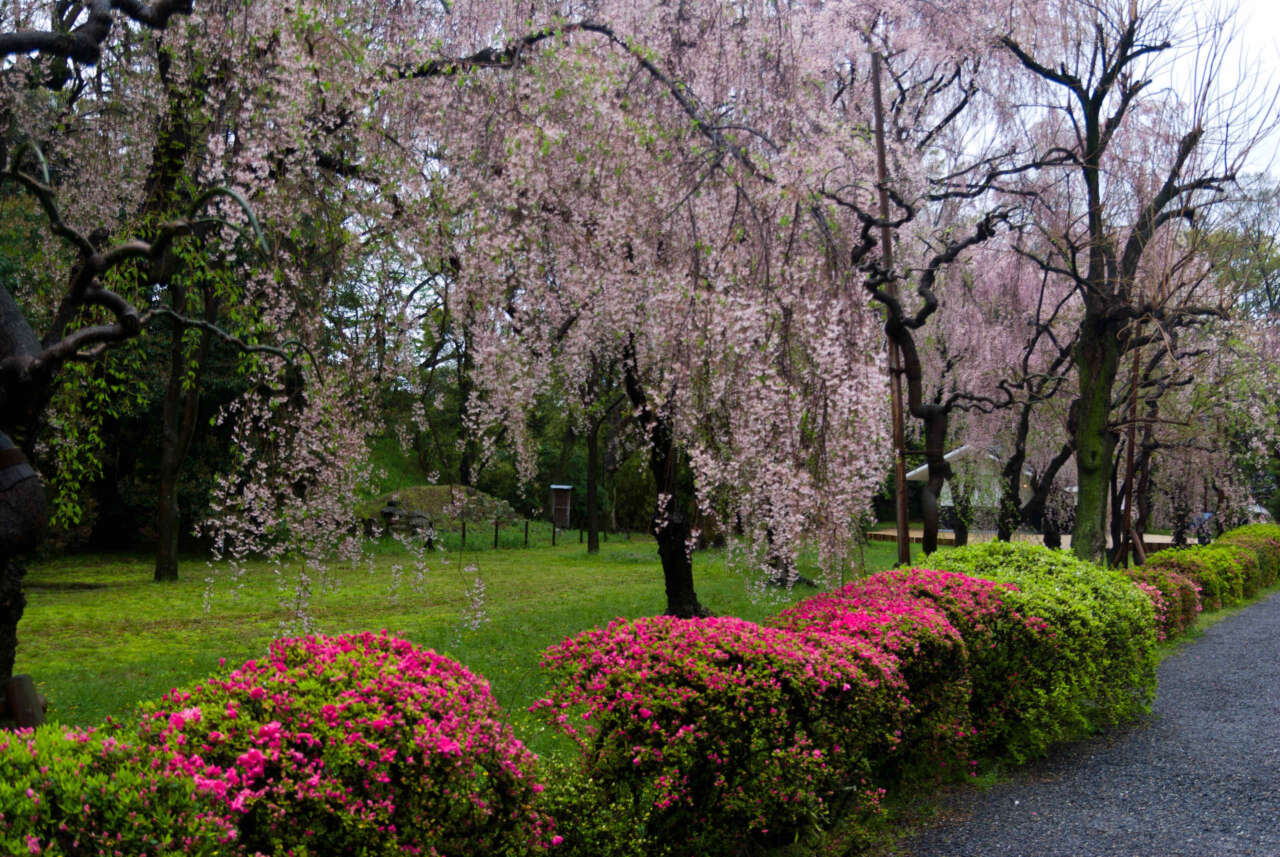
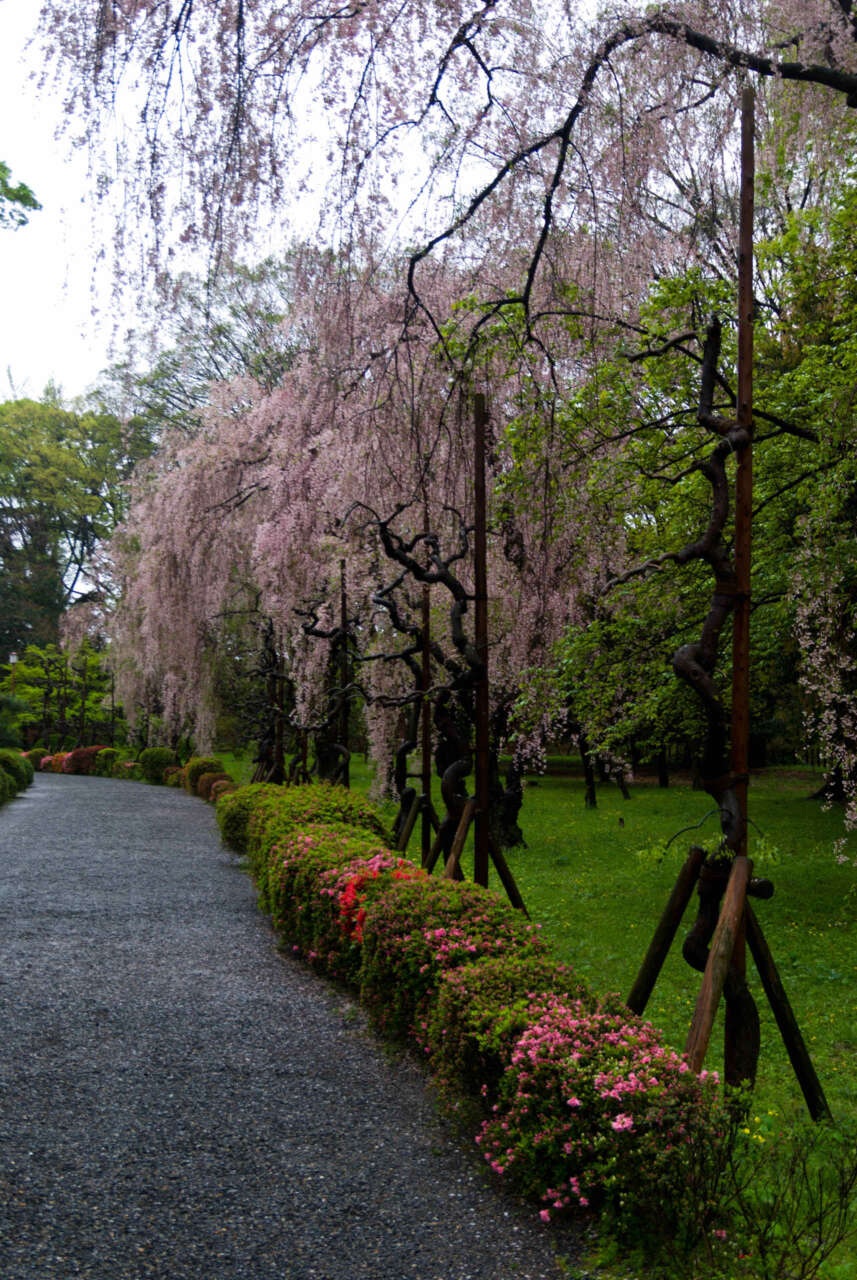
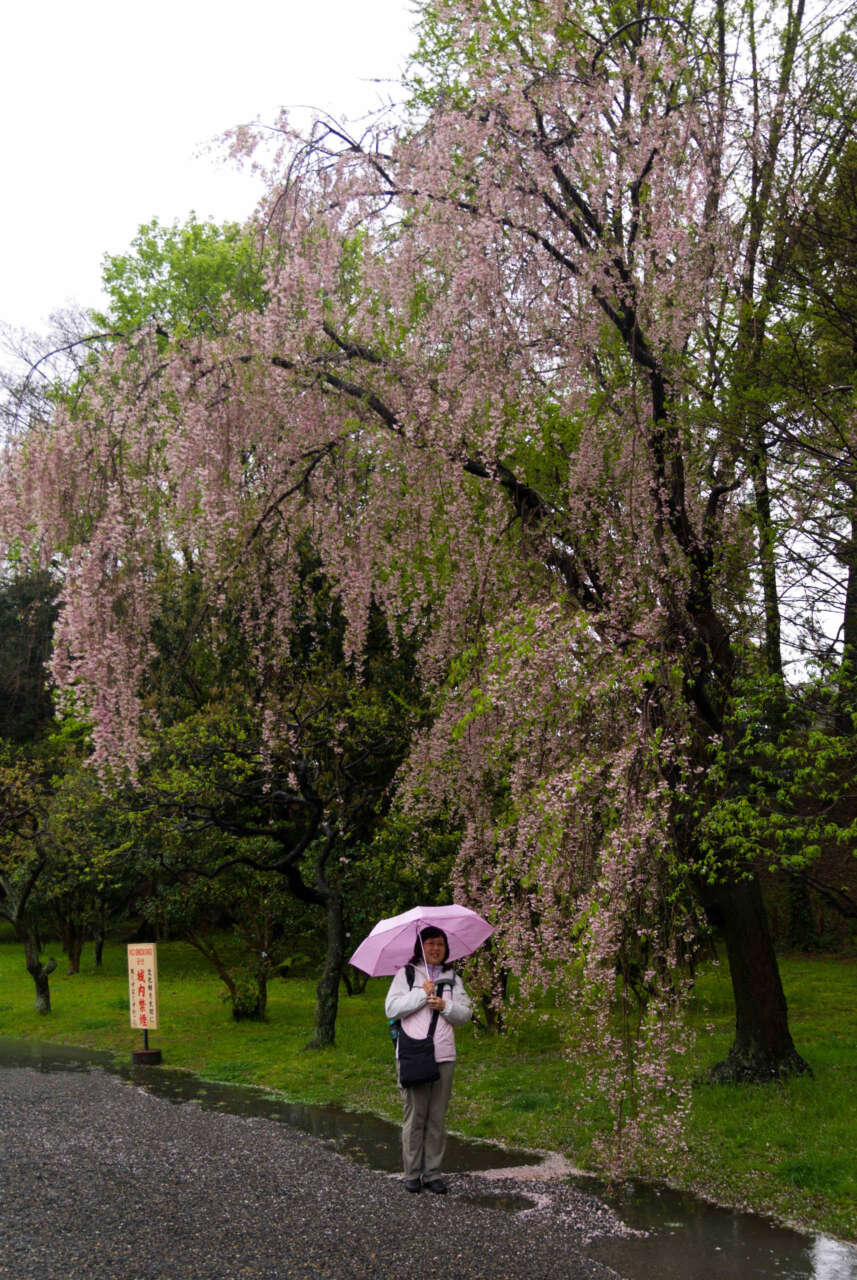
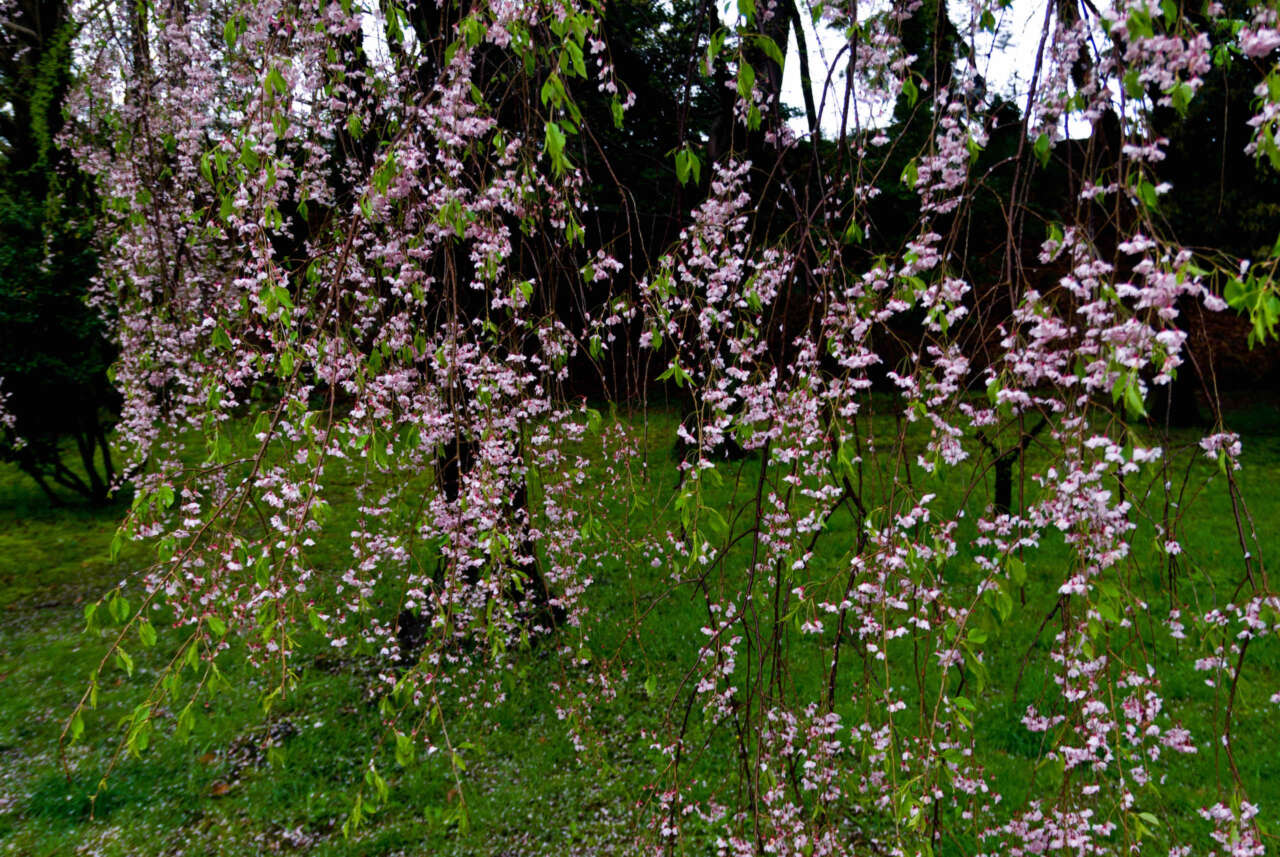
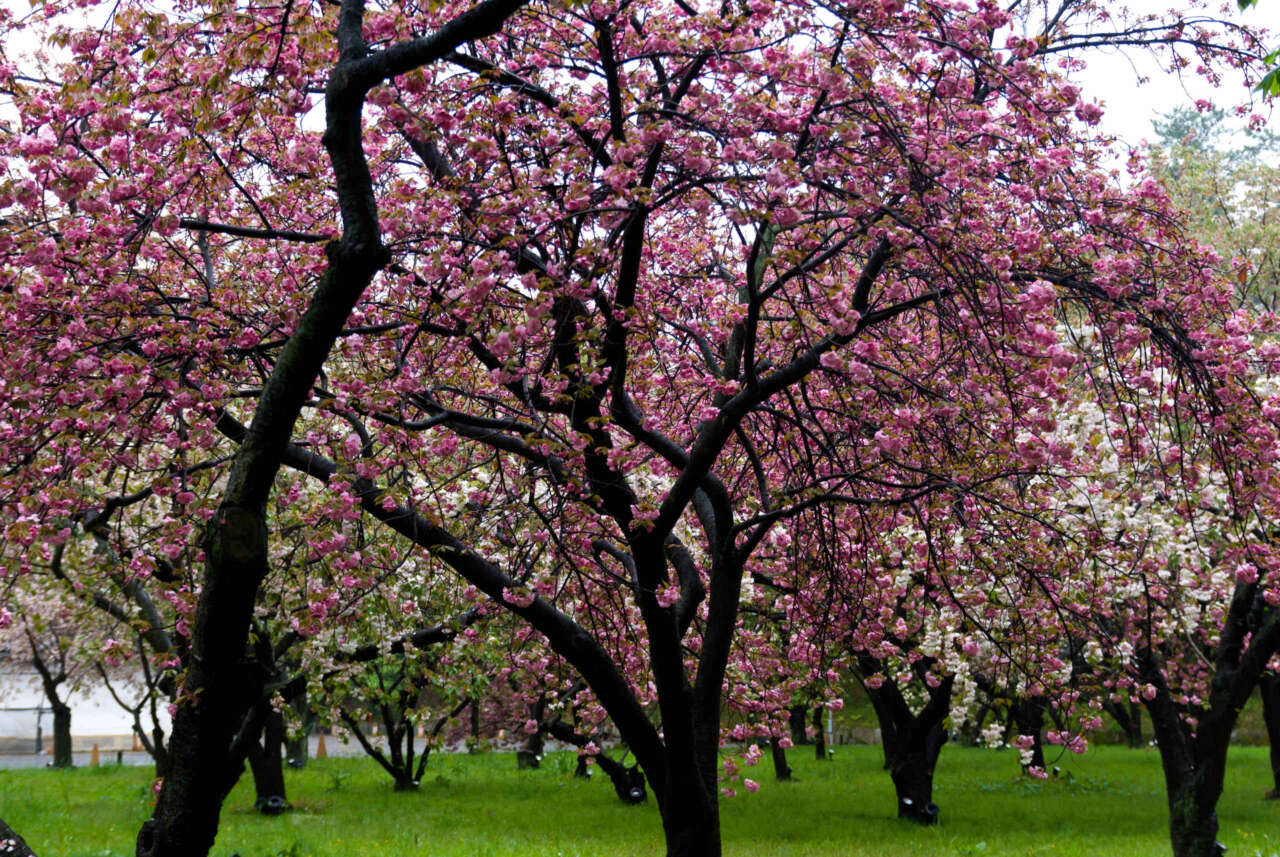
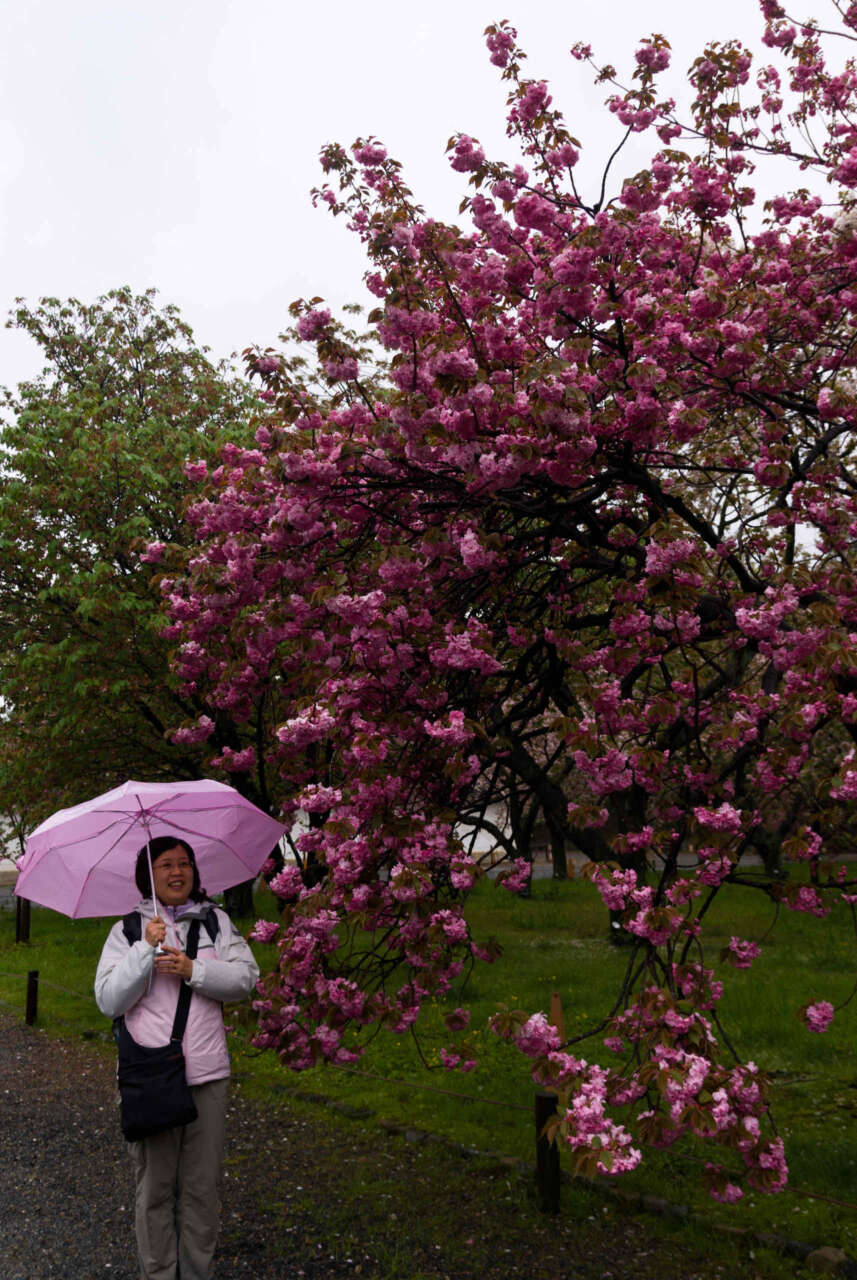
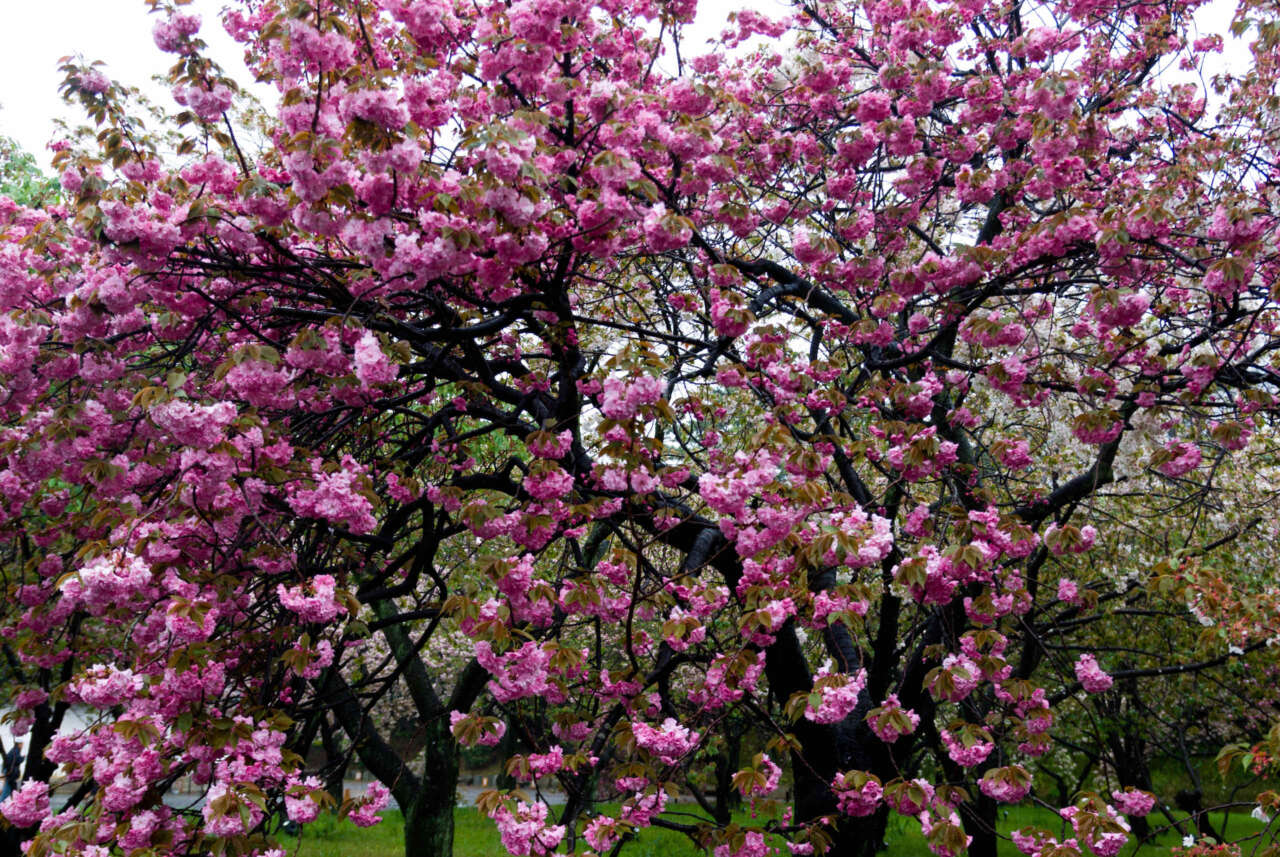
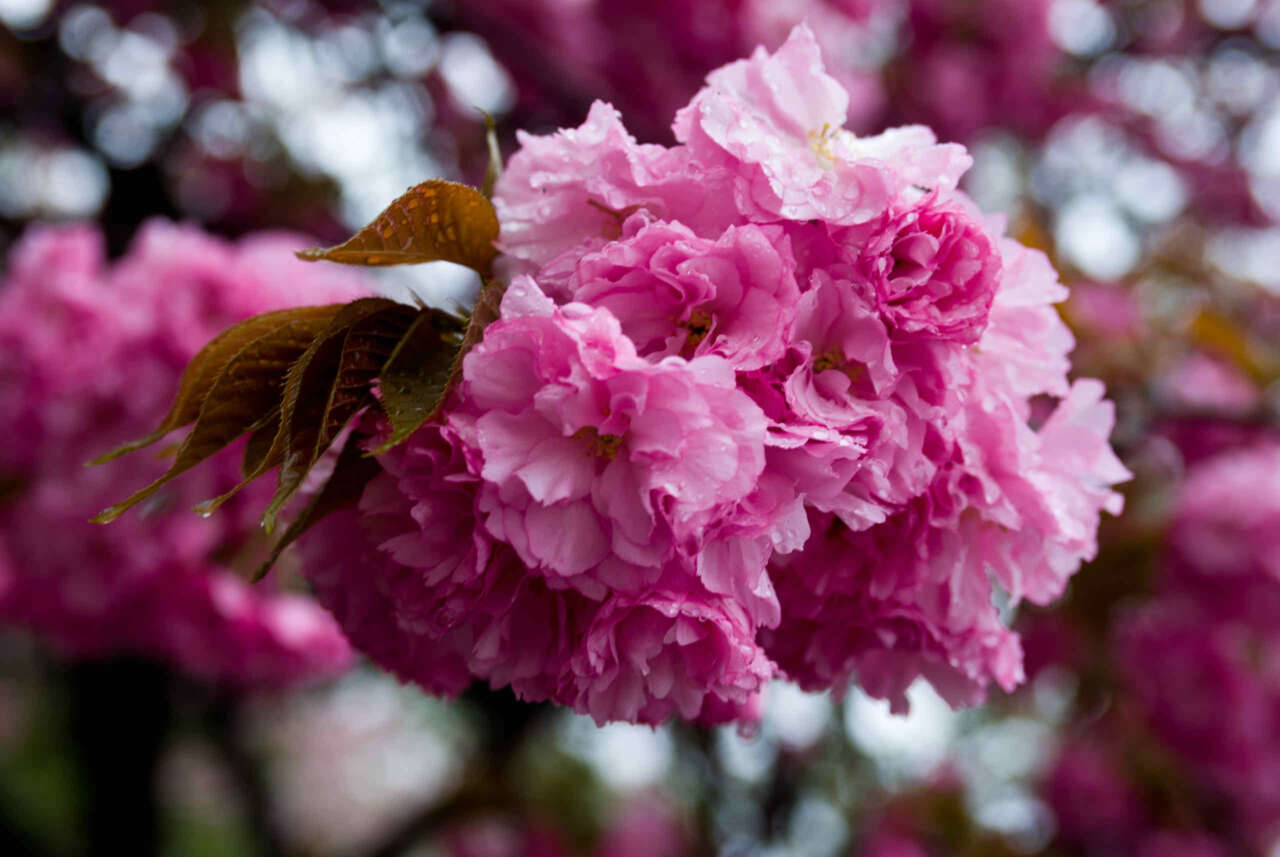
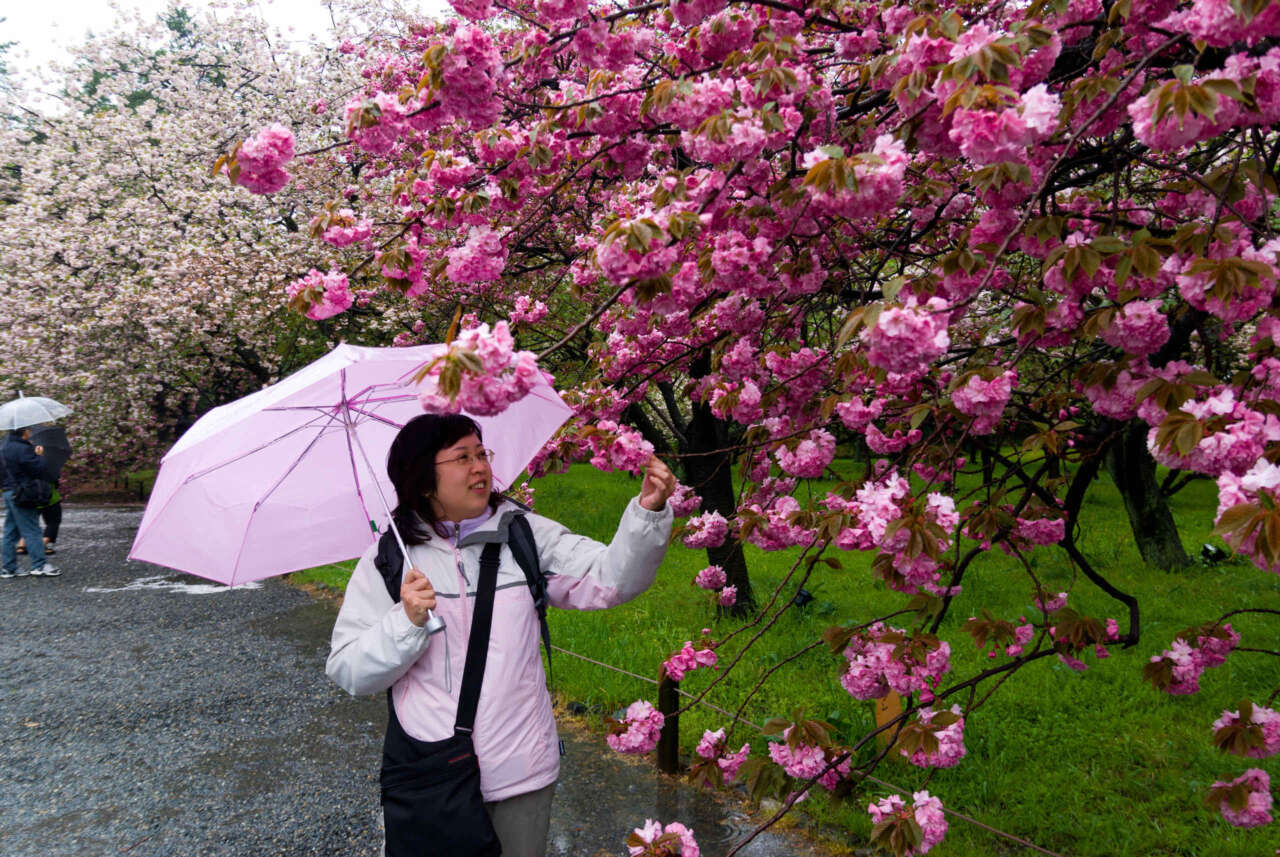
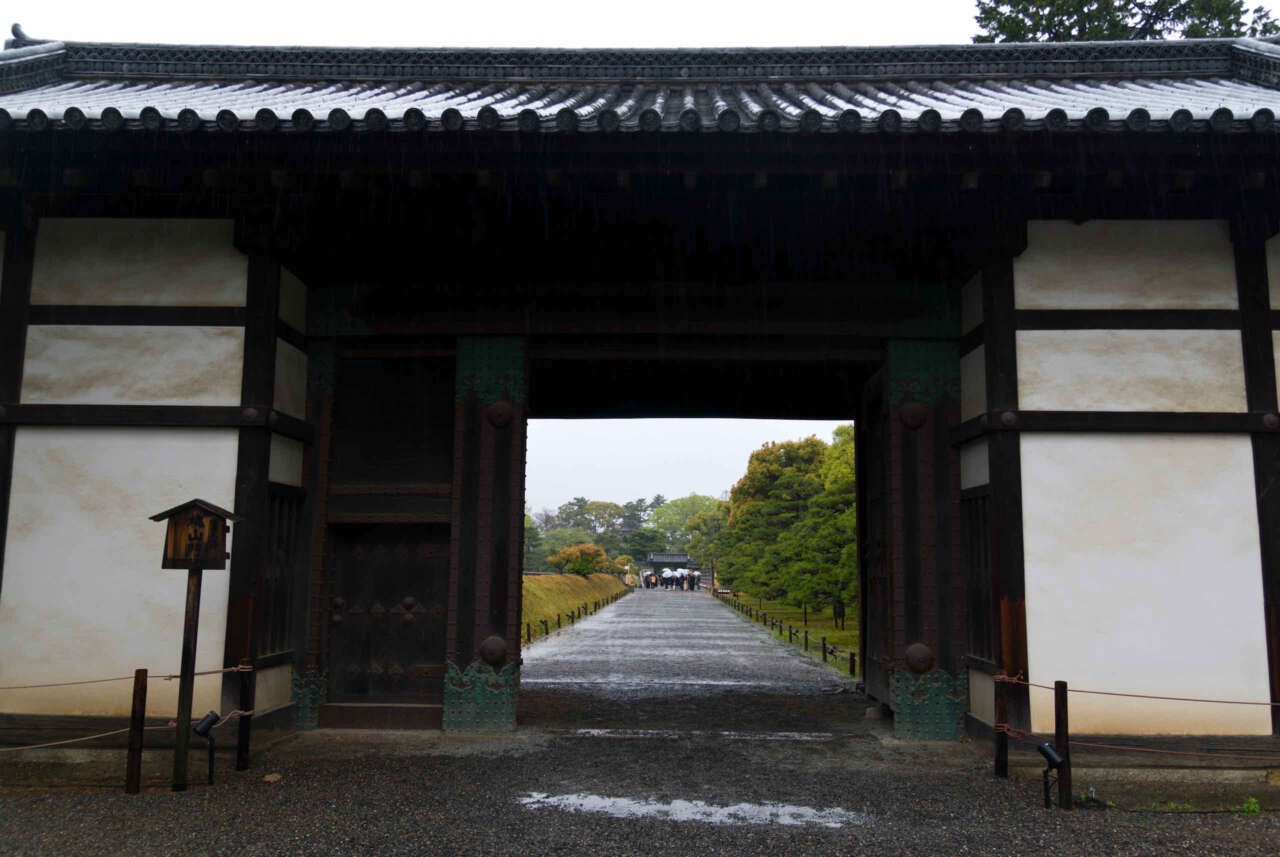
This is the Momoyama (桃山門) gate.
This is the northern side of the castle grounds – the garden here is called Seiryuu-en and is a comparatively recent addition – landscaped in 1965 as a reception venue for official guests to Kyoto.
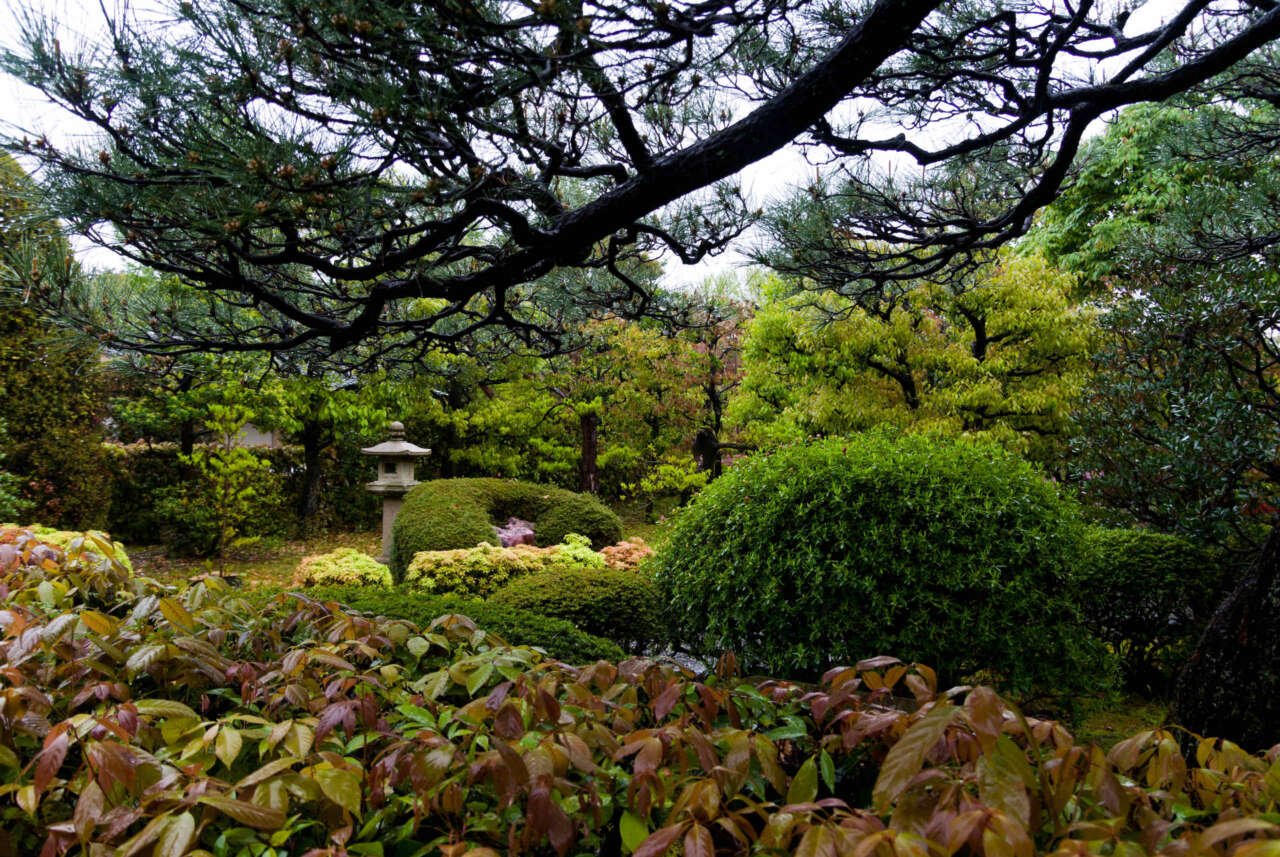
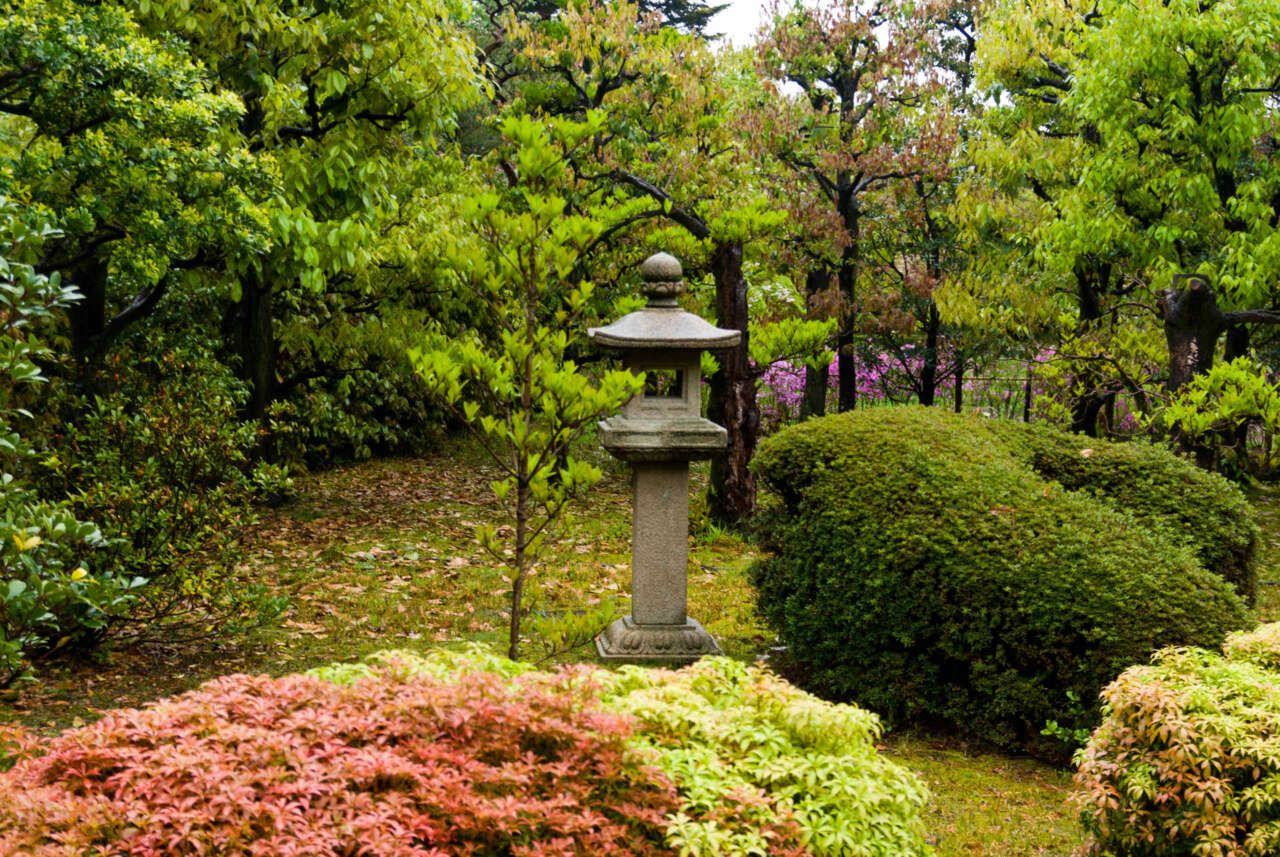
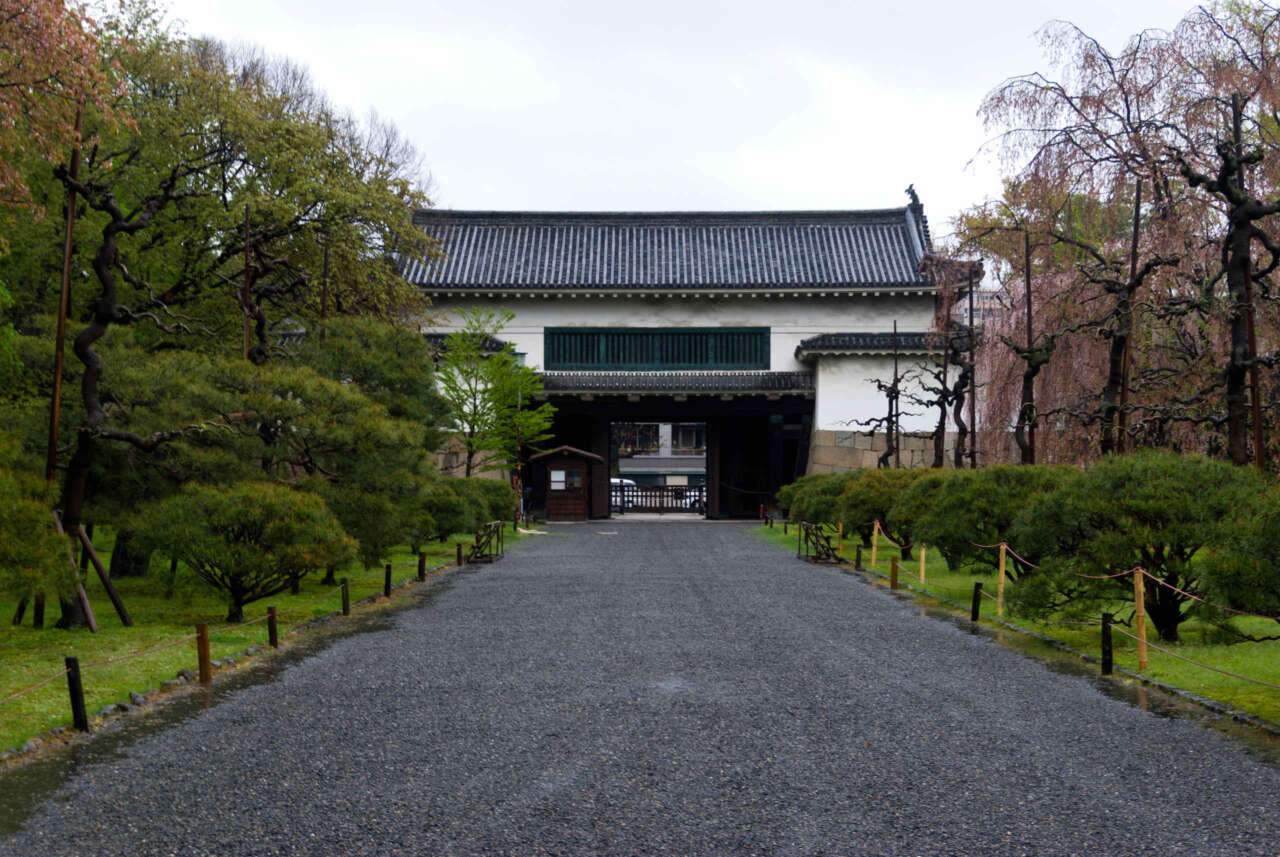
The North Main Gate (北大手門)
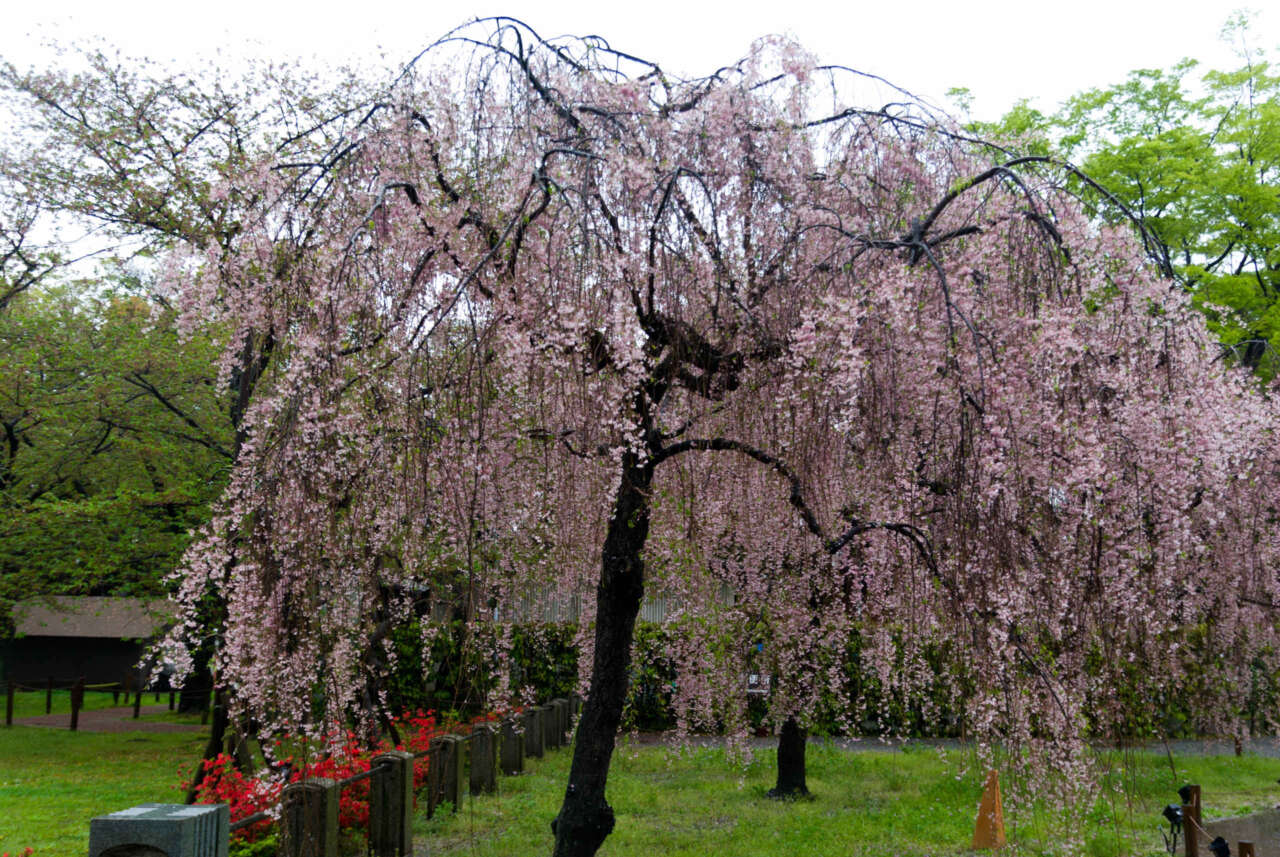
A shiradezakura blossoming tree
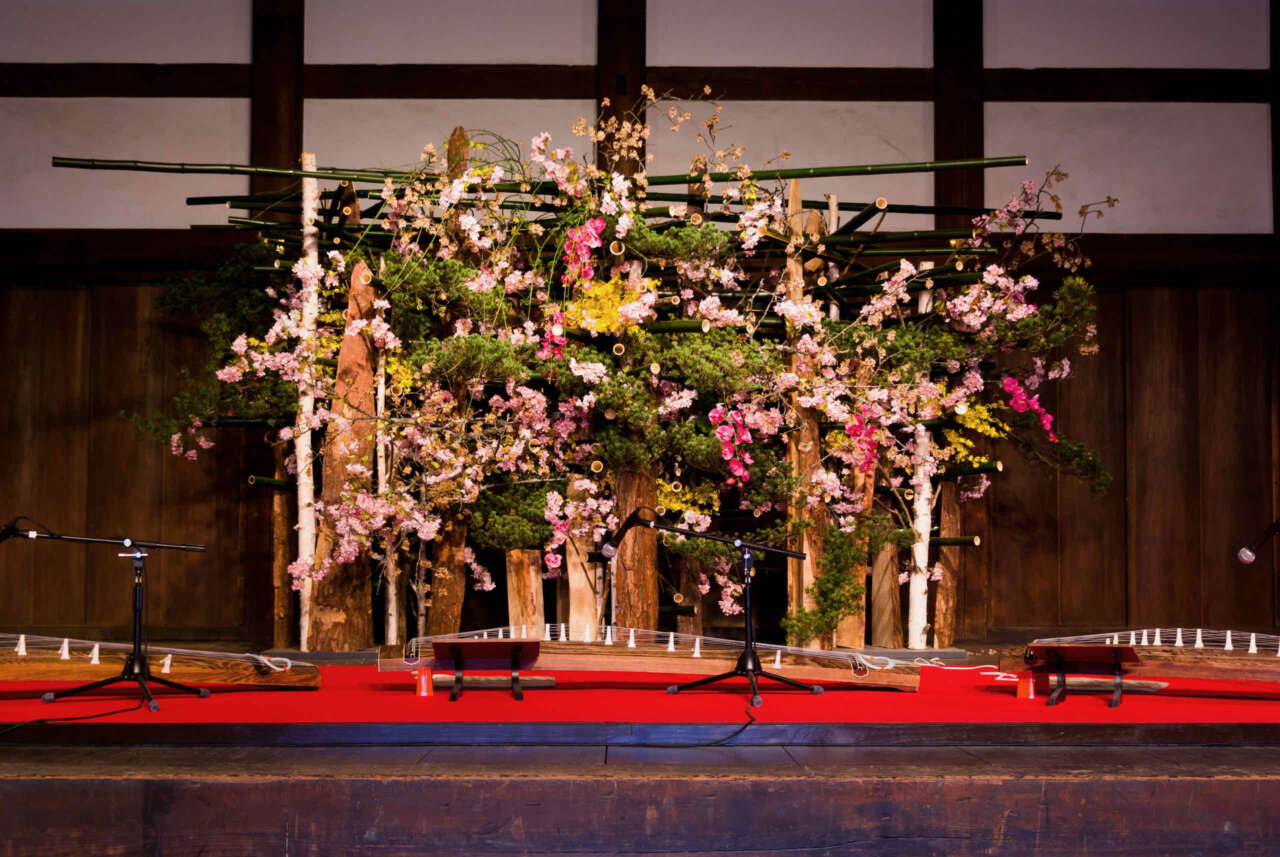
Inside the 400th Anniversary Memorial Exhibition Hall.
Full set of photos:














































